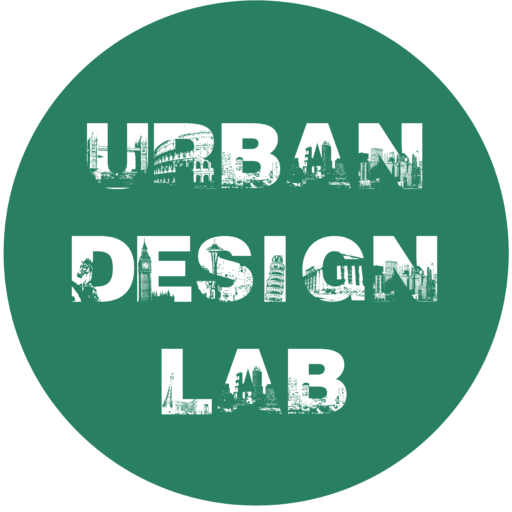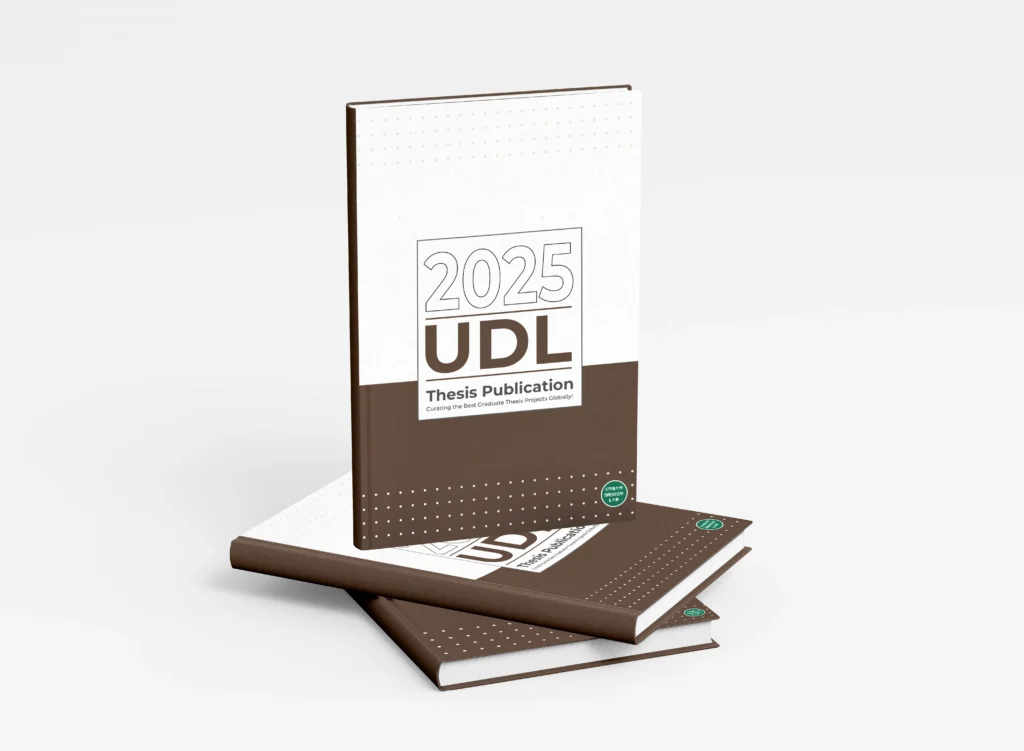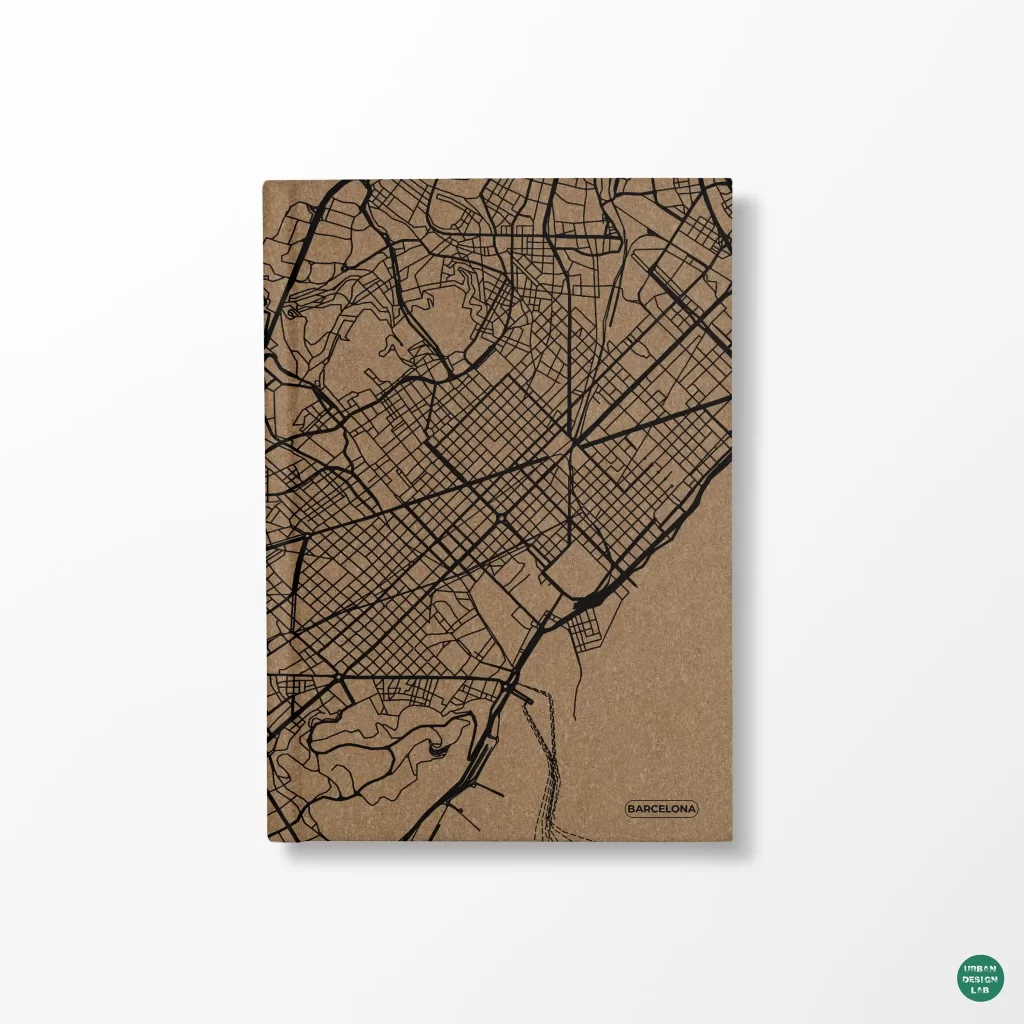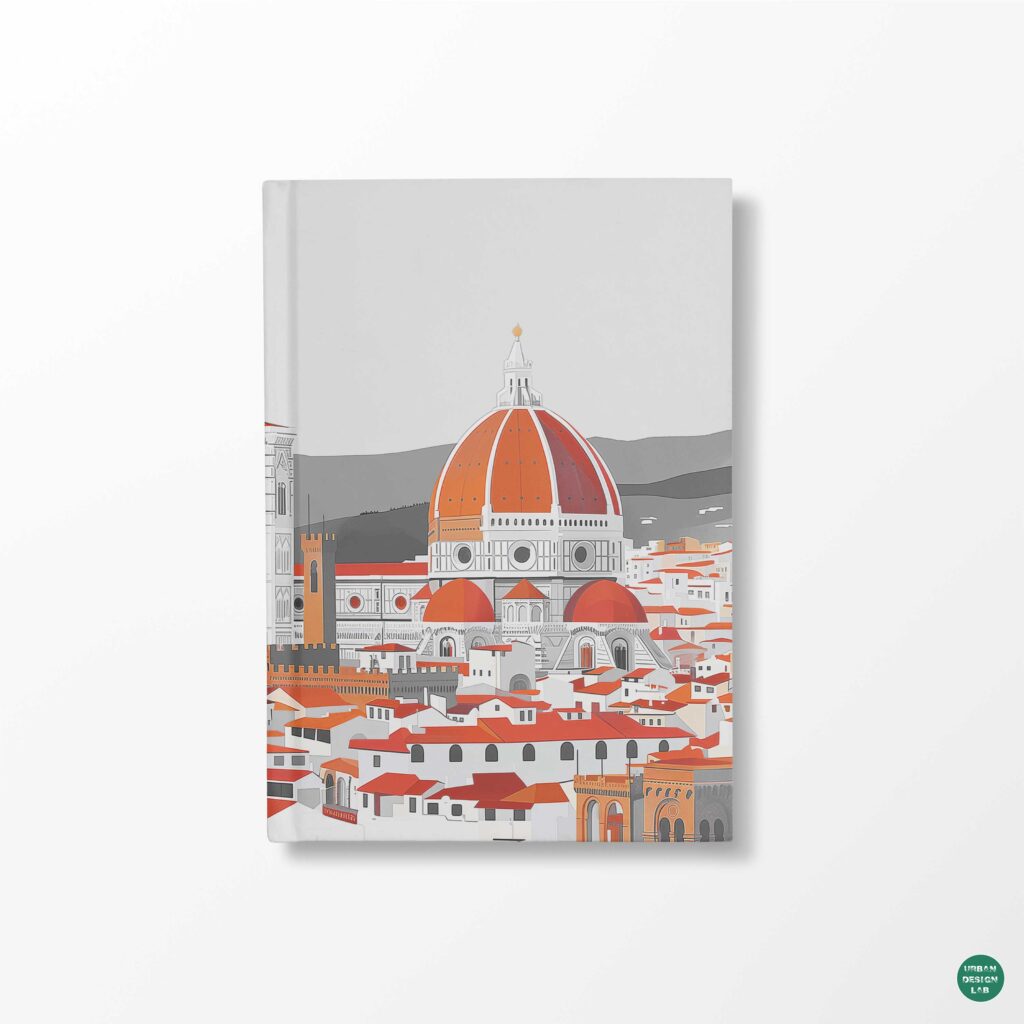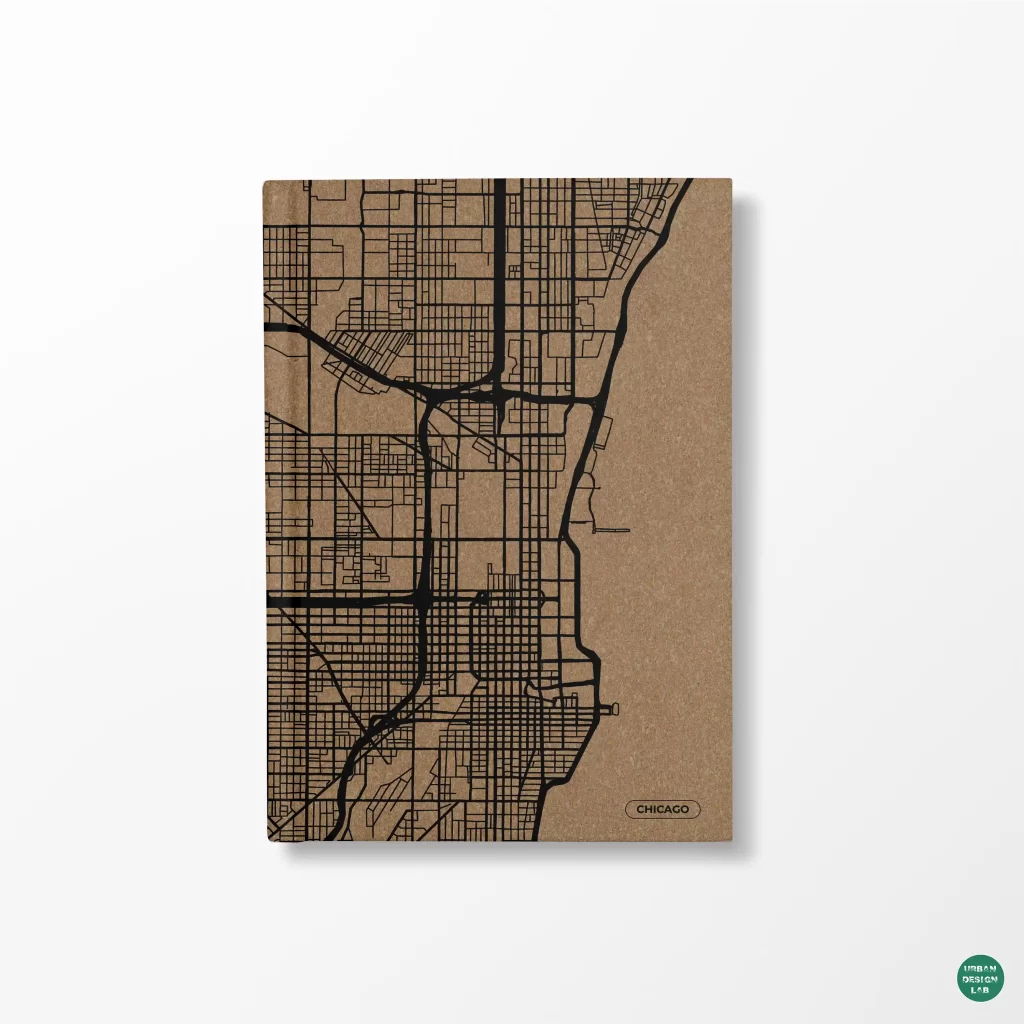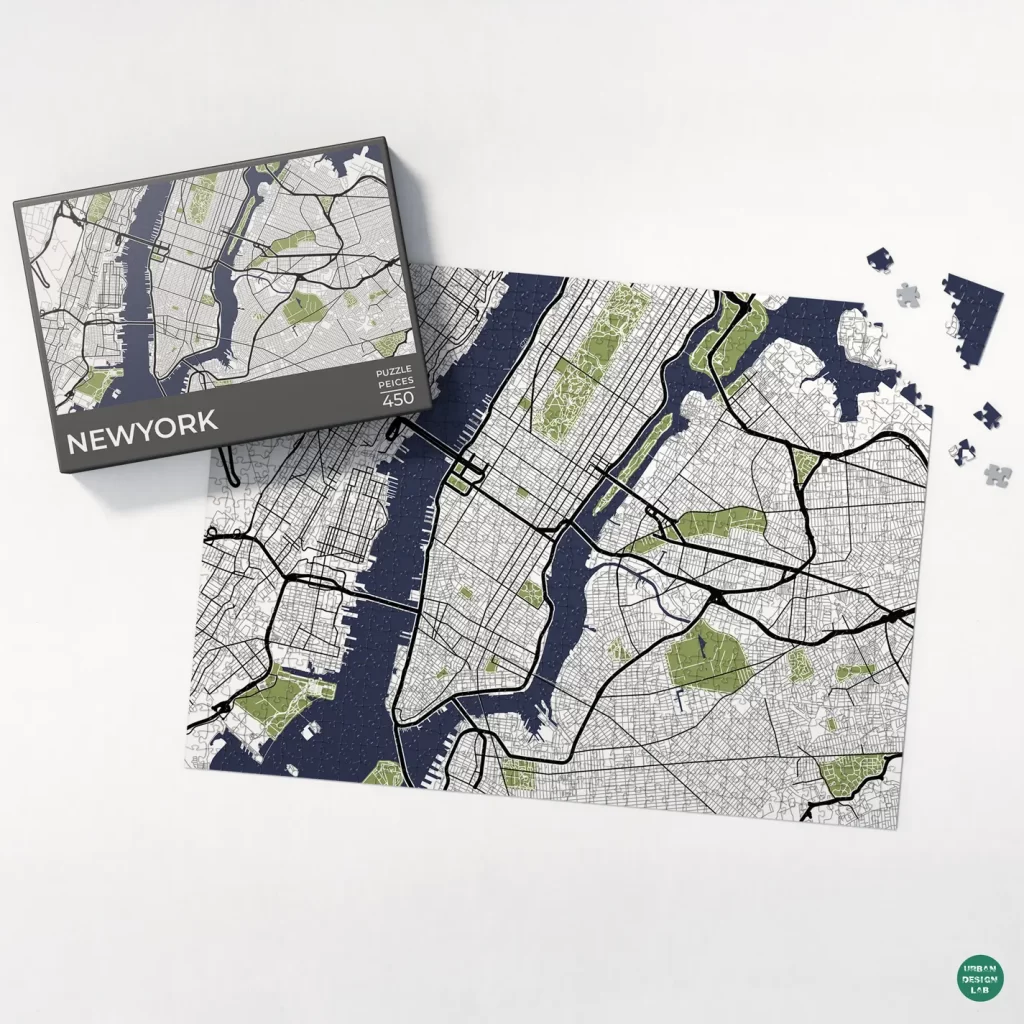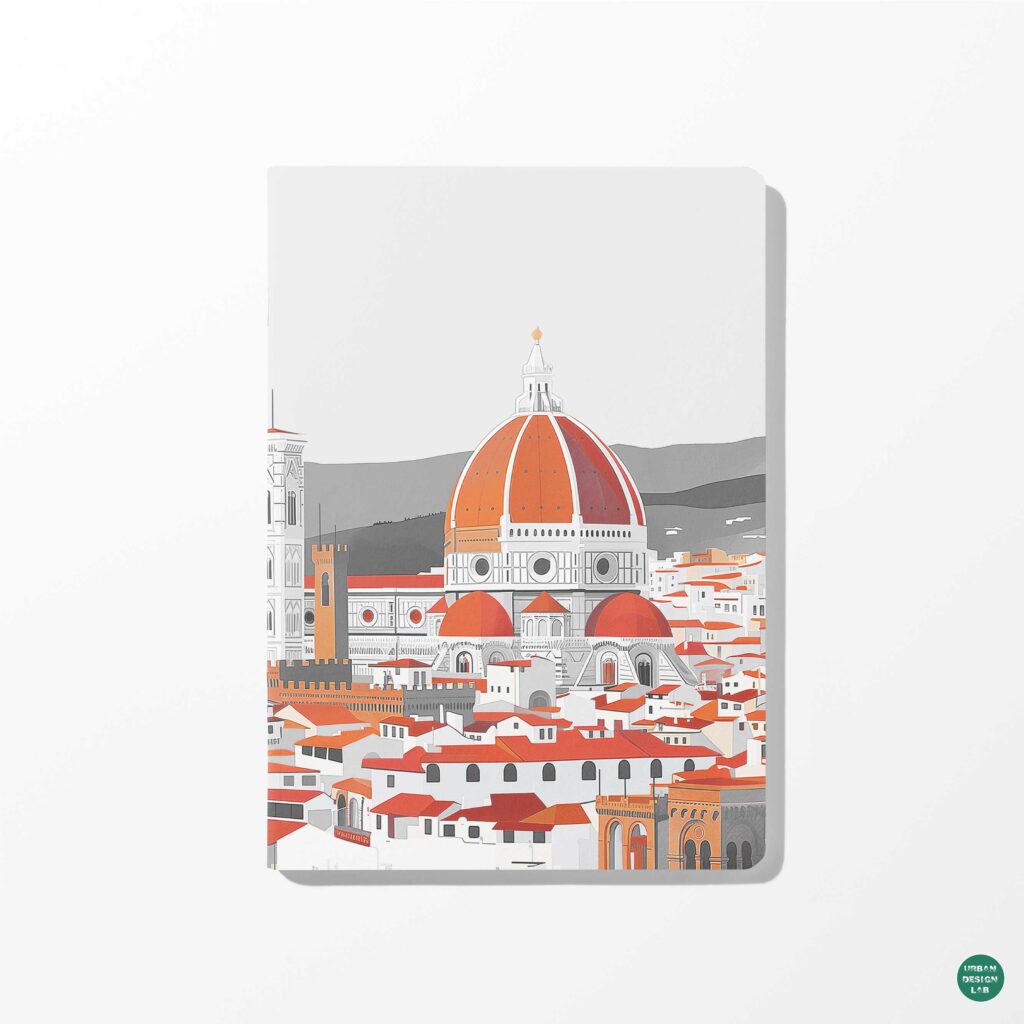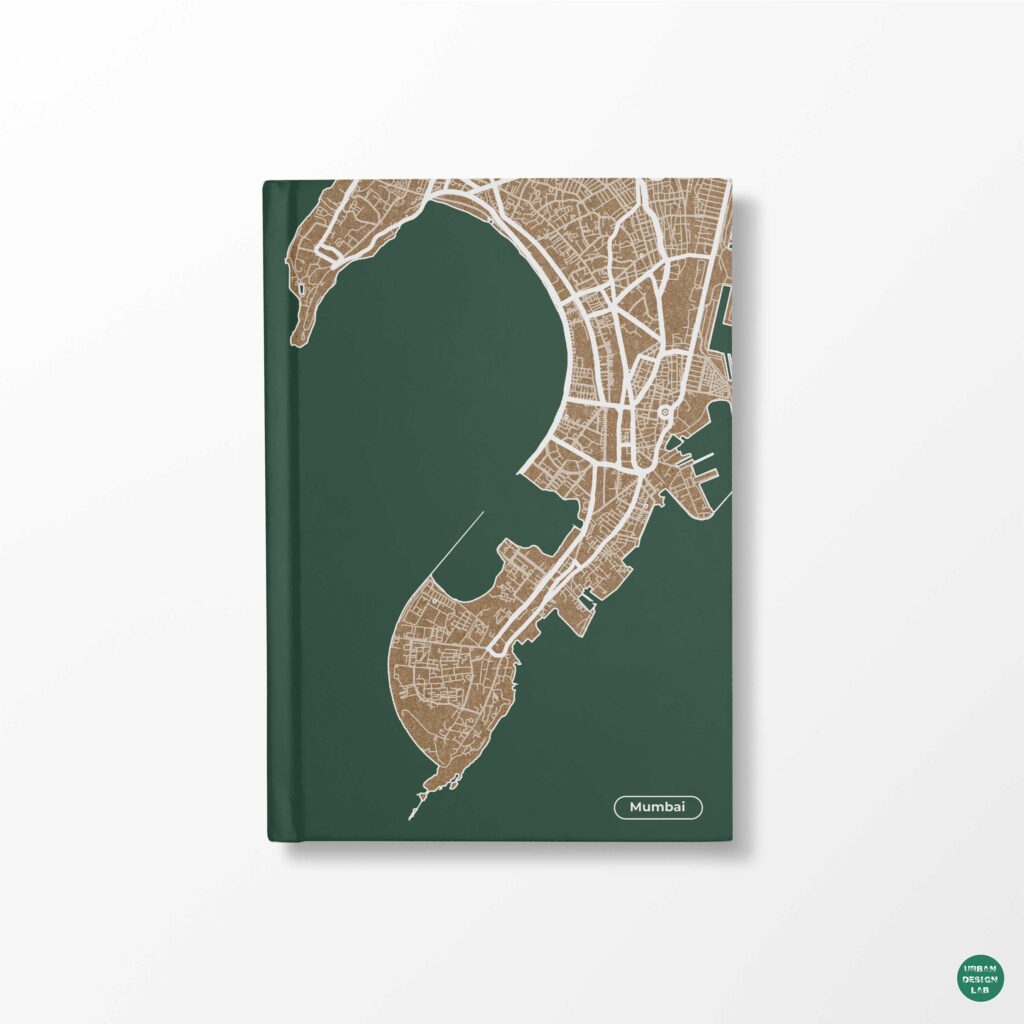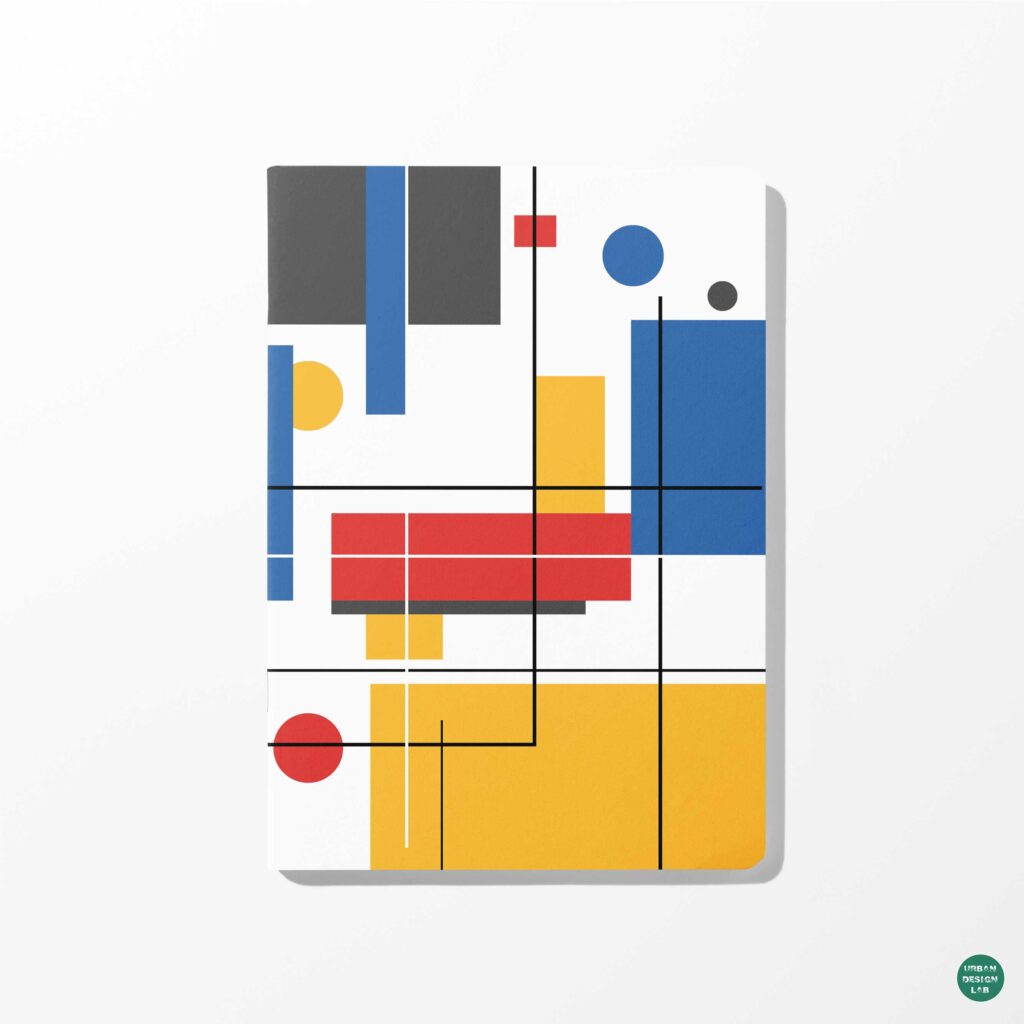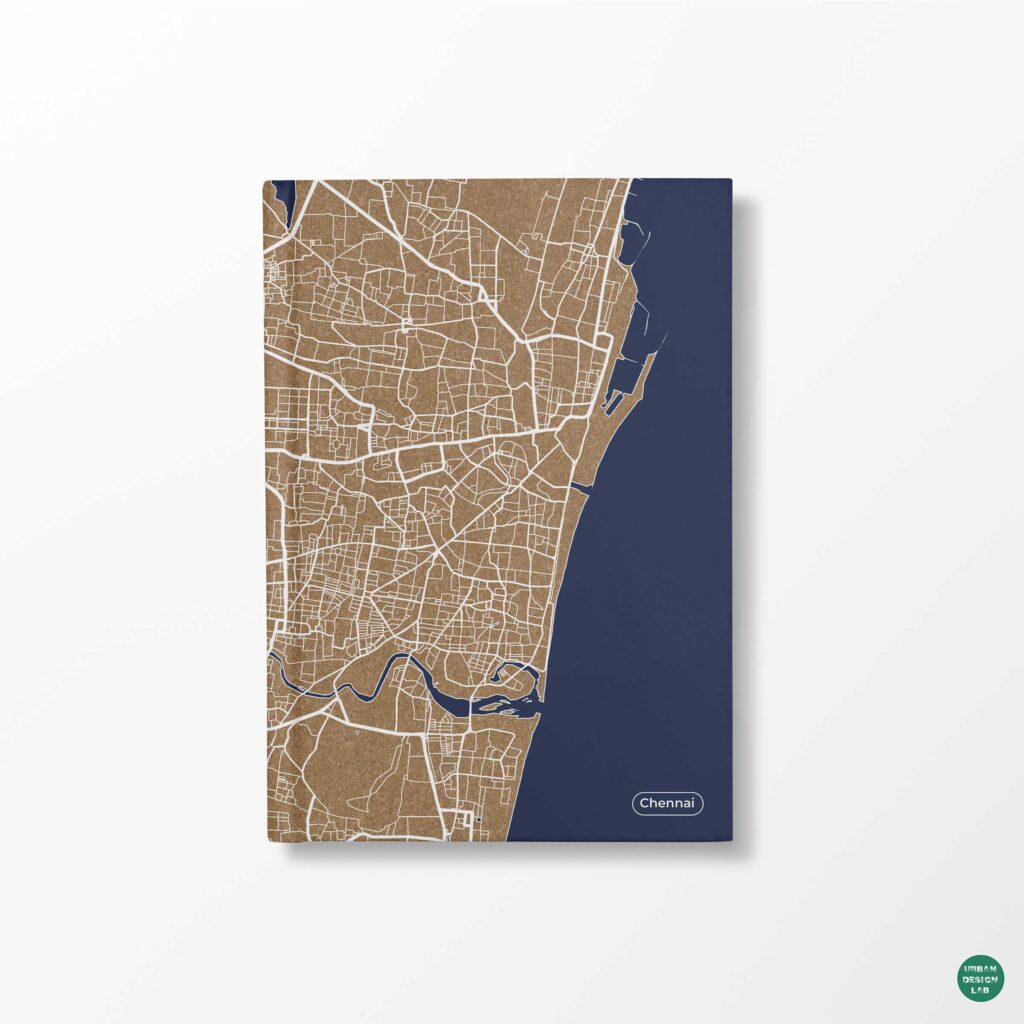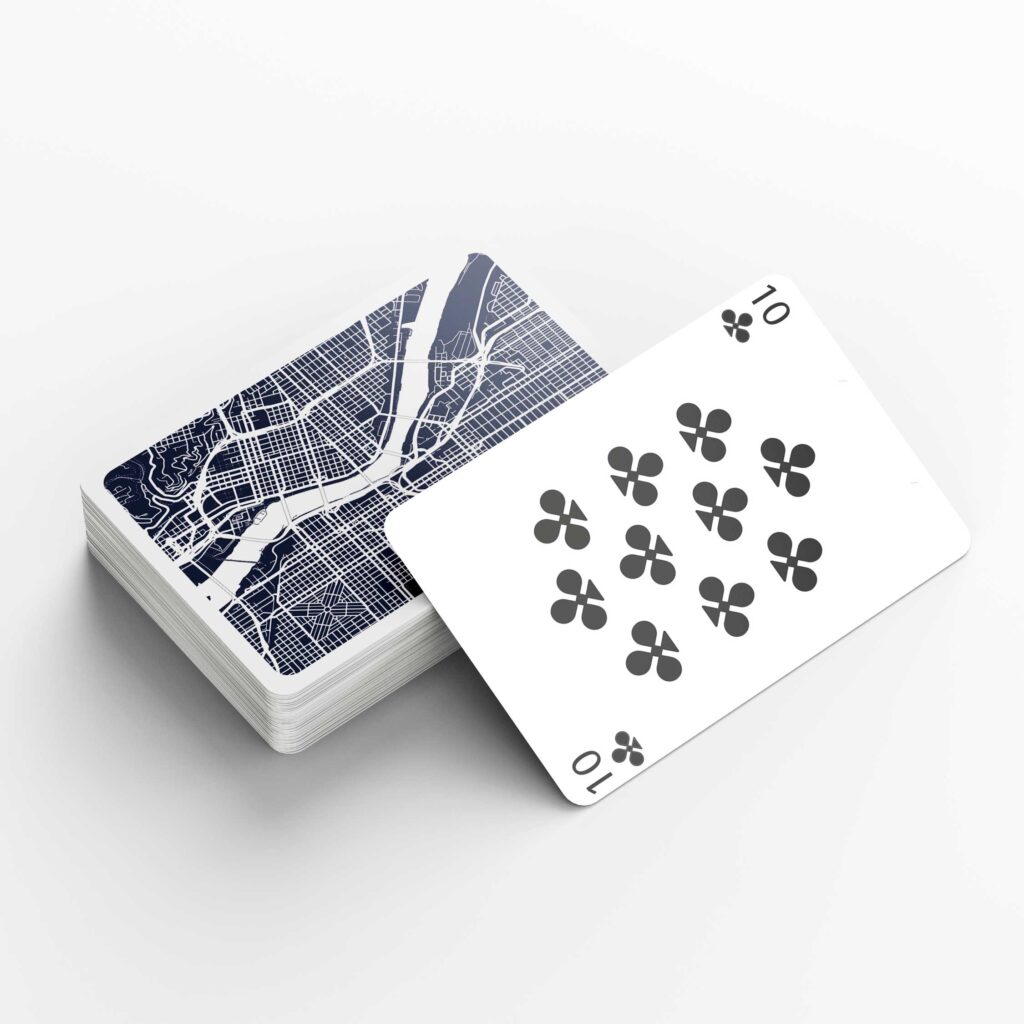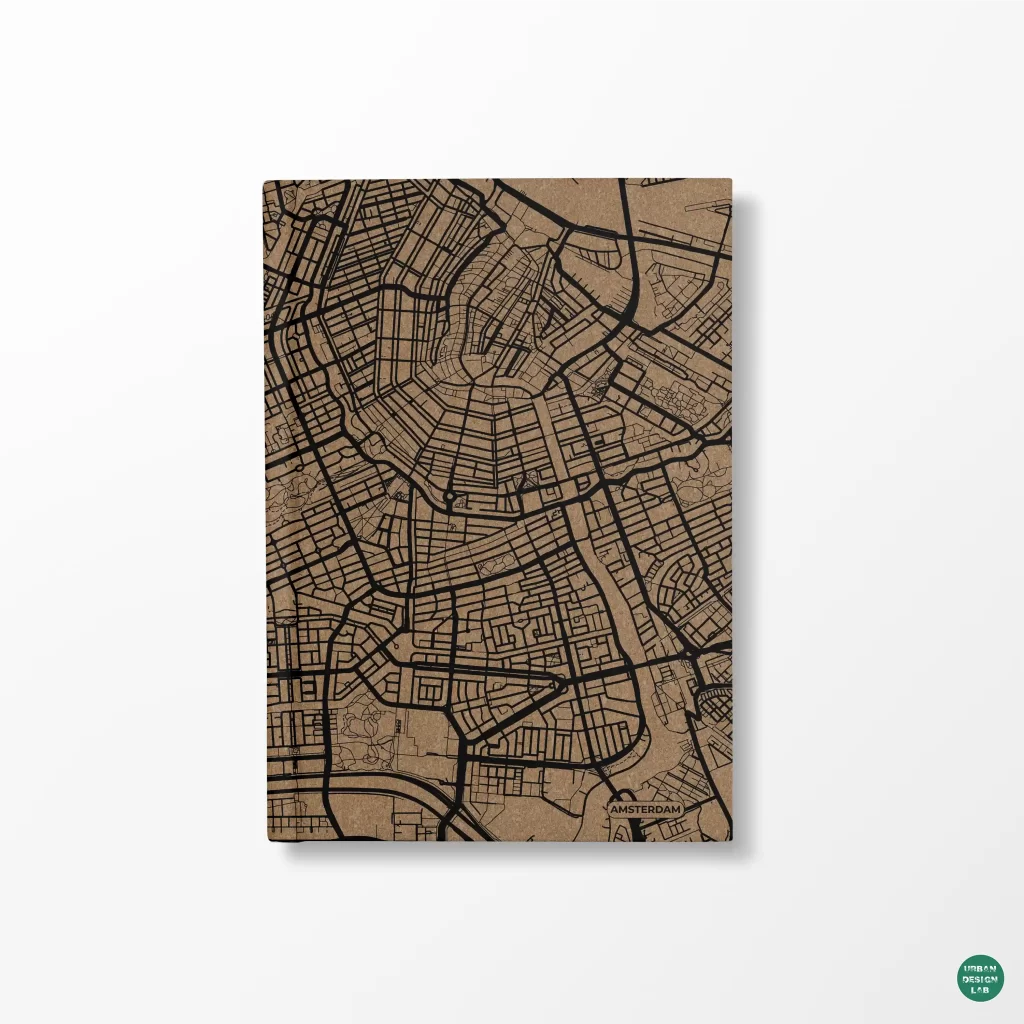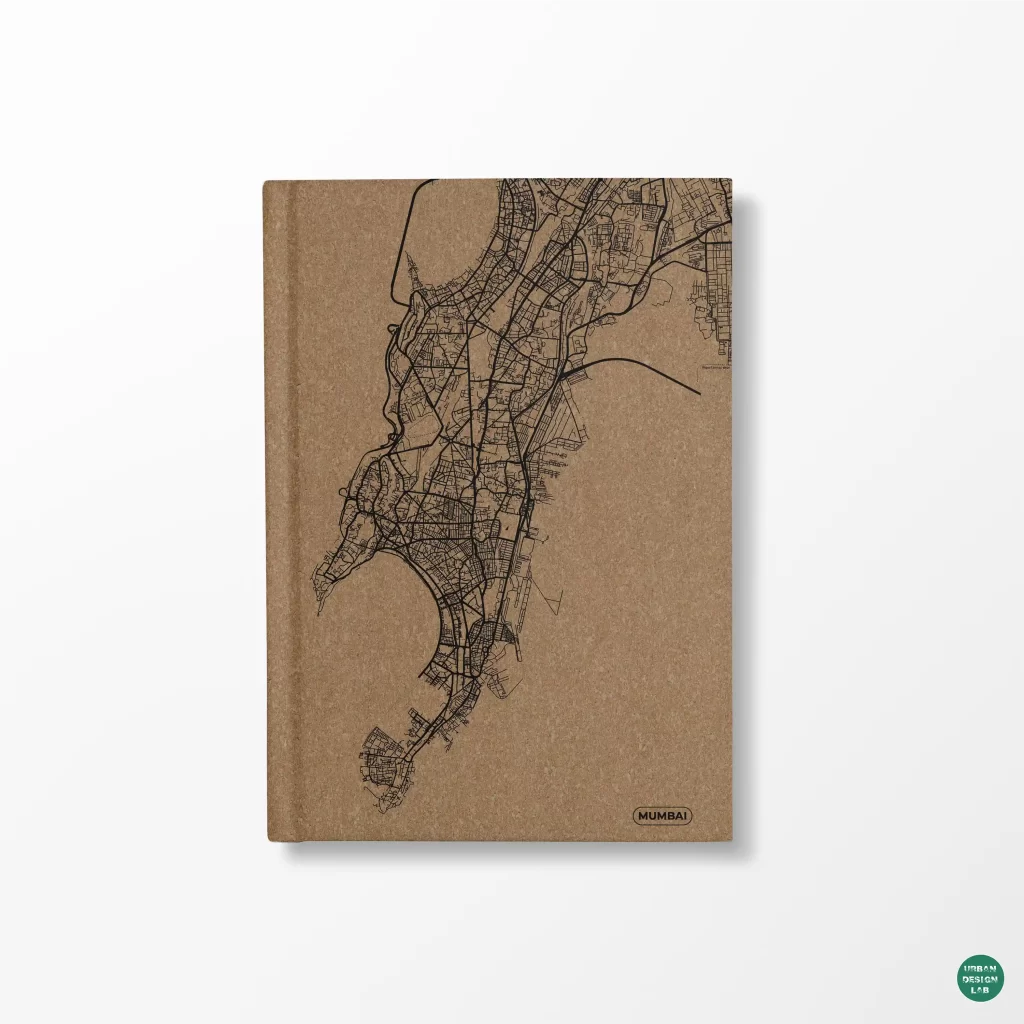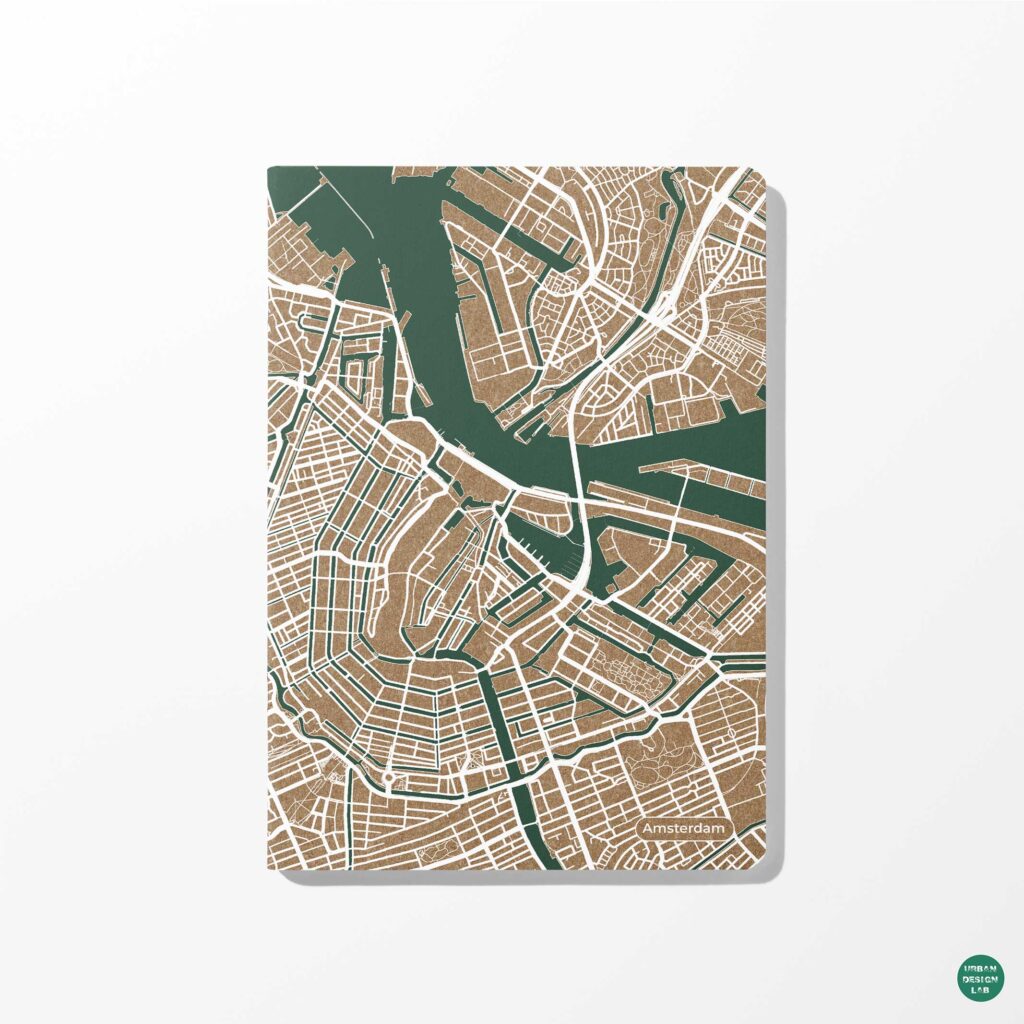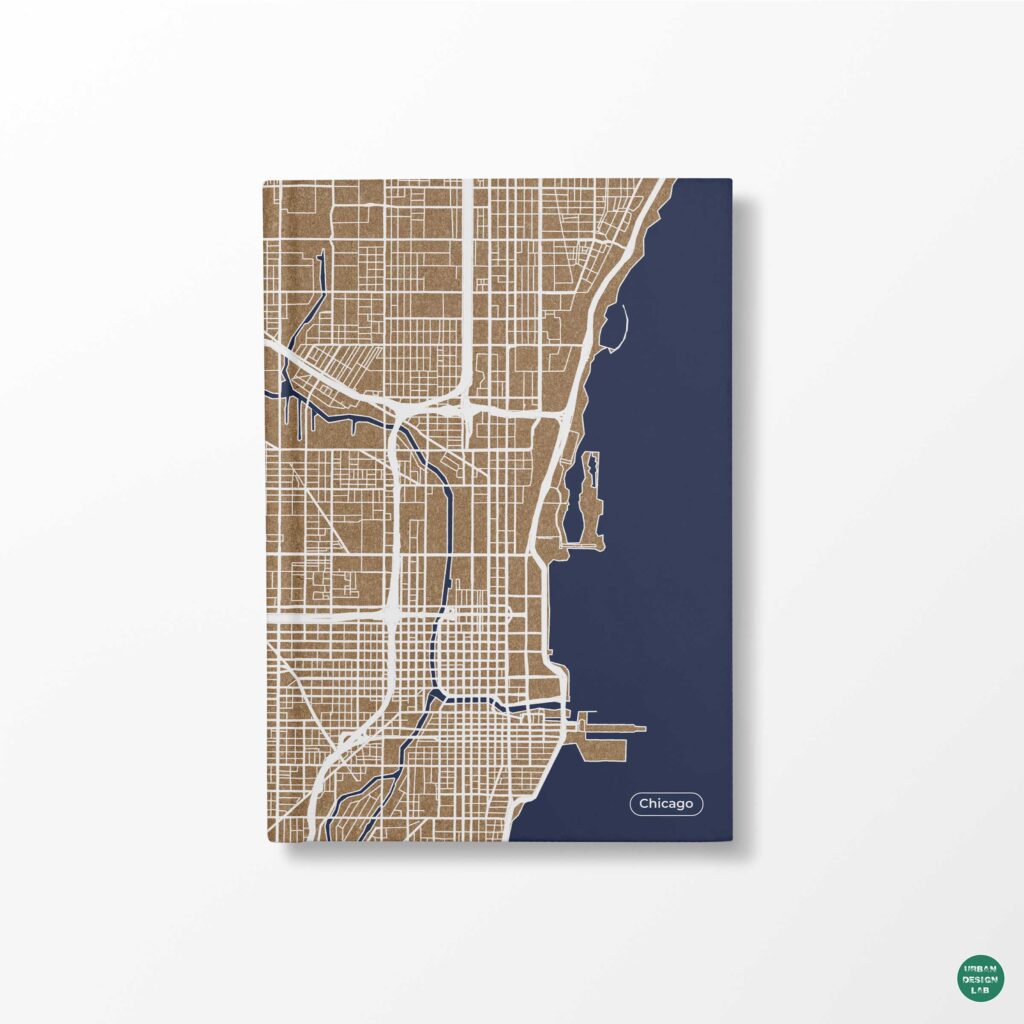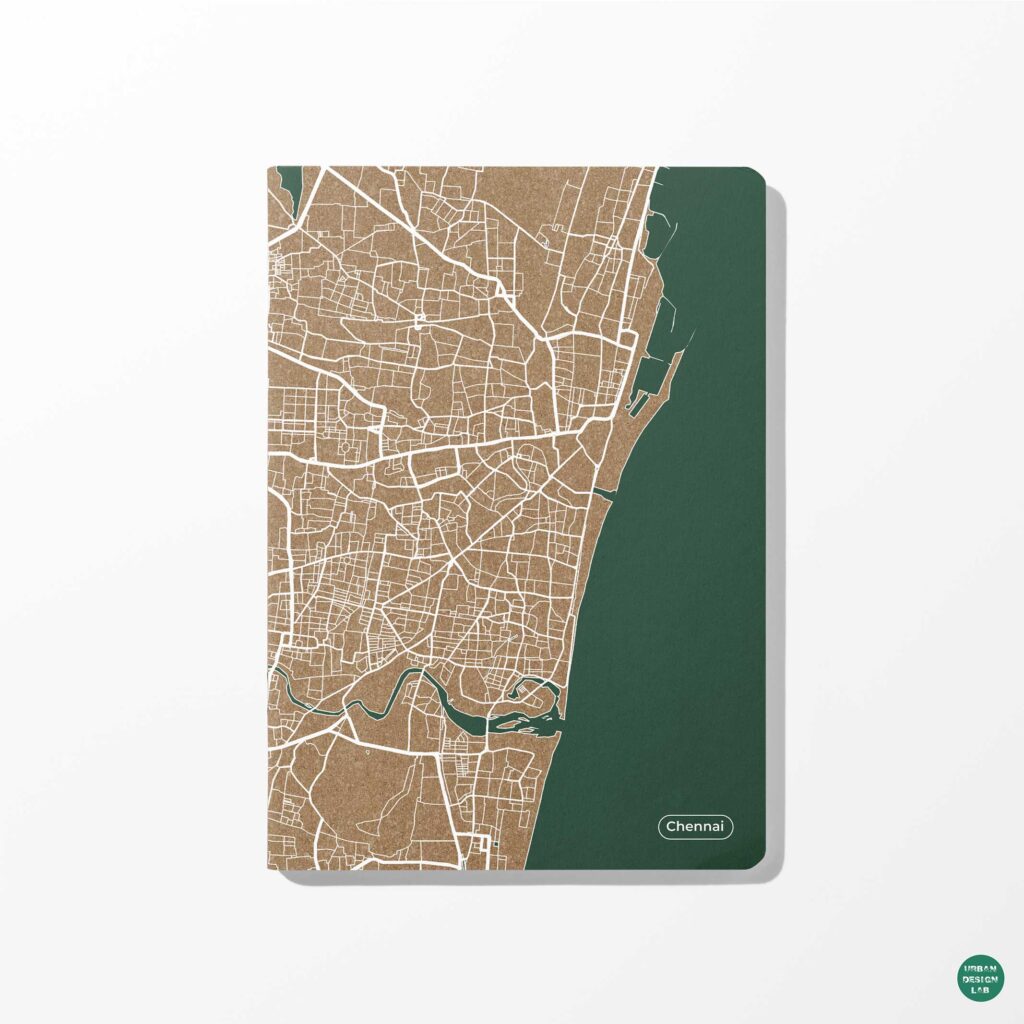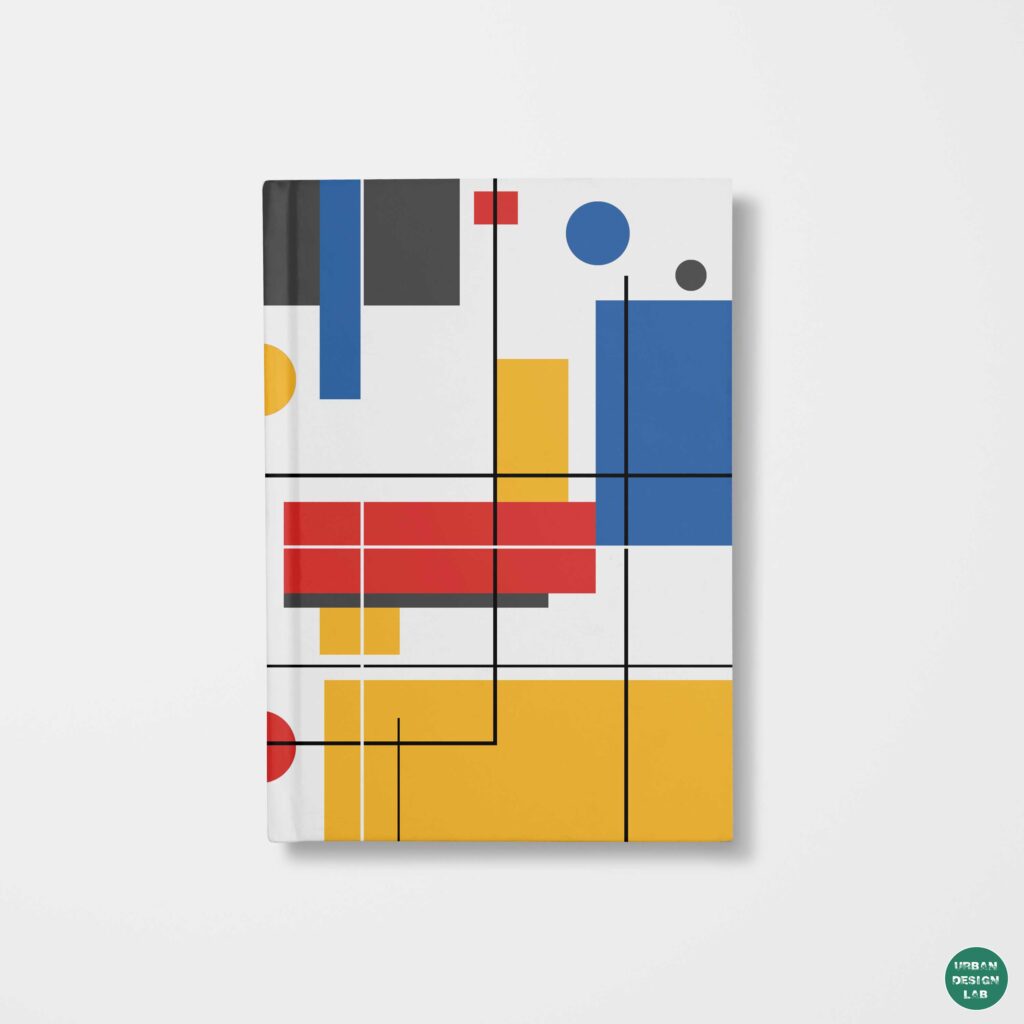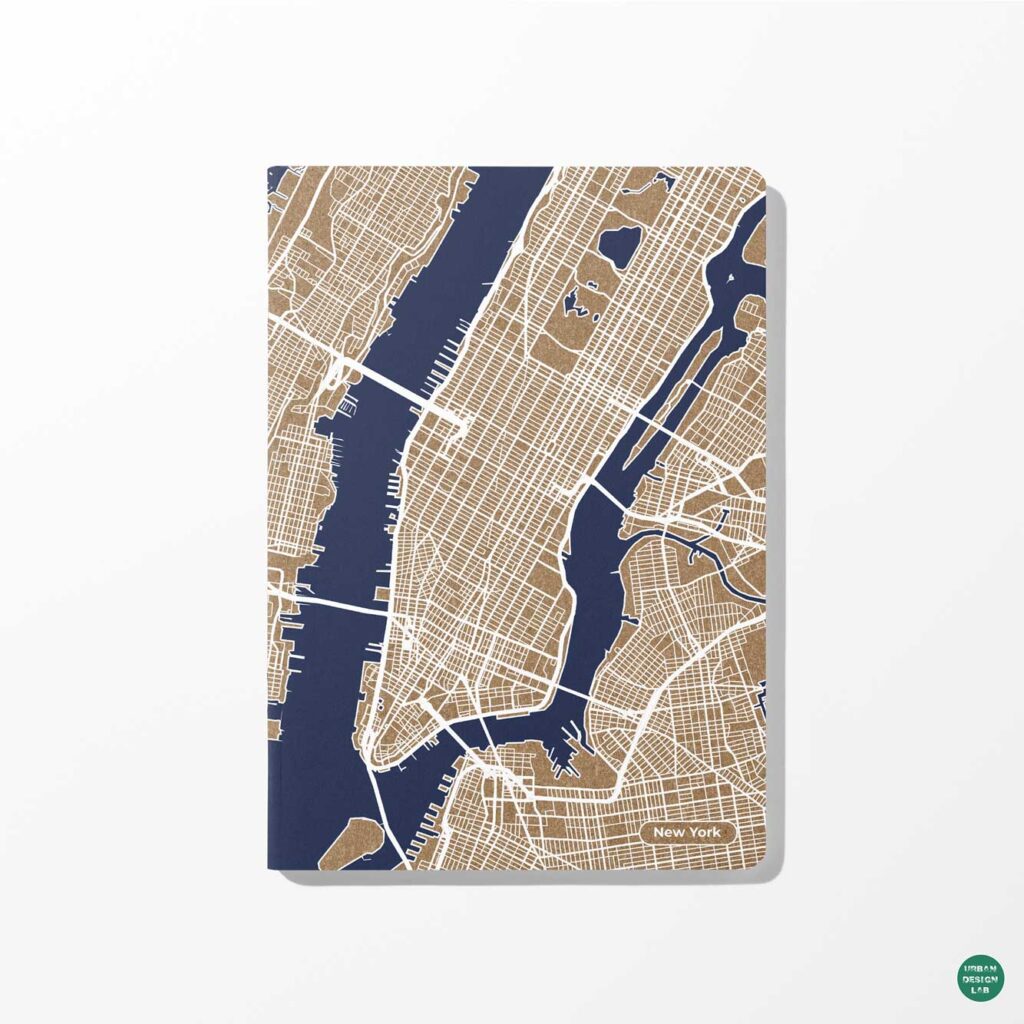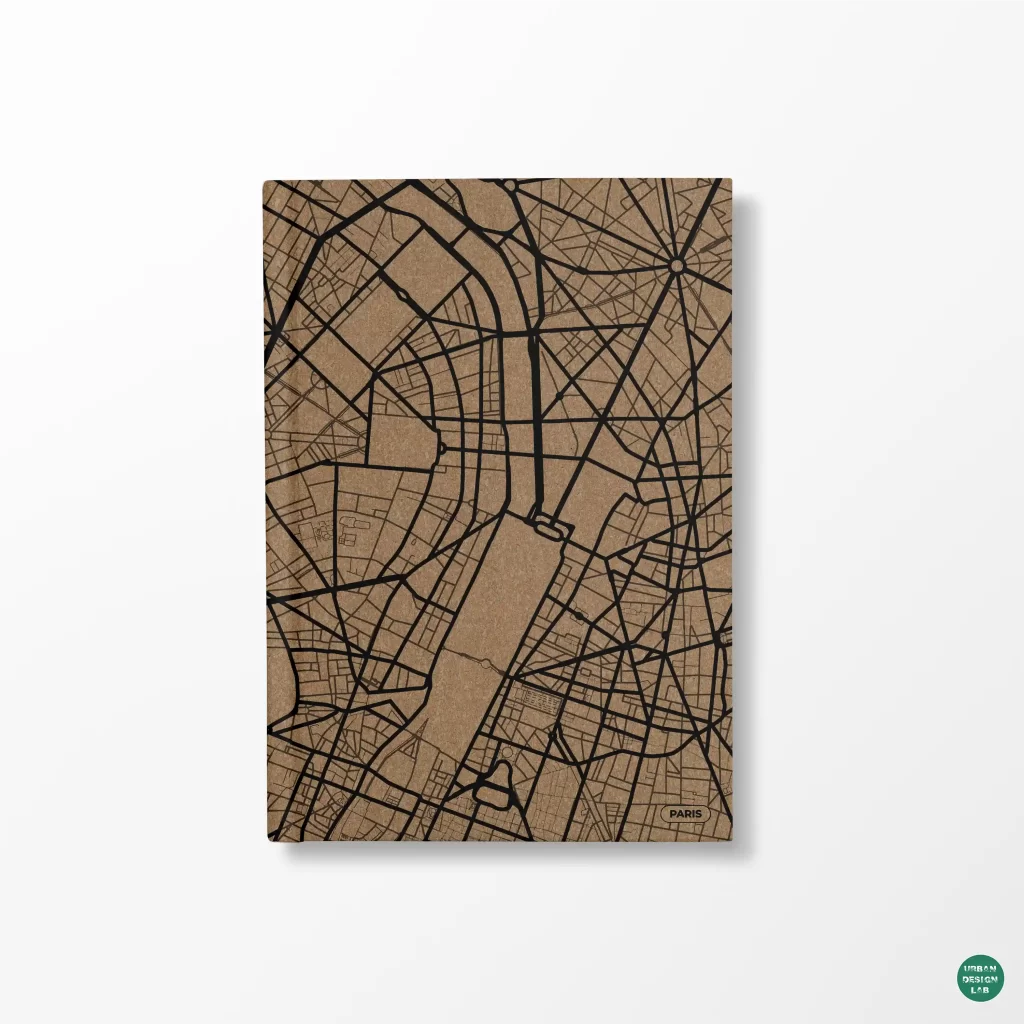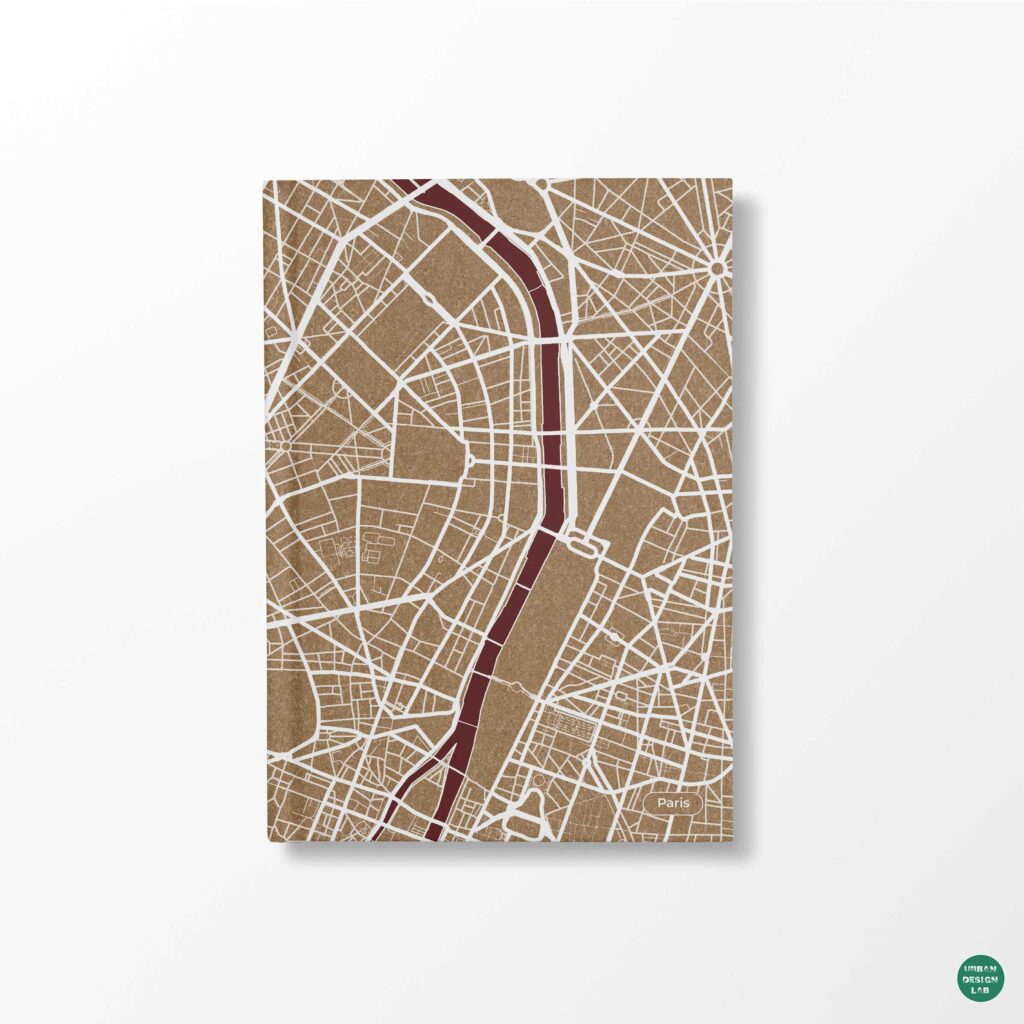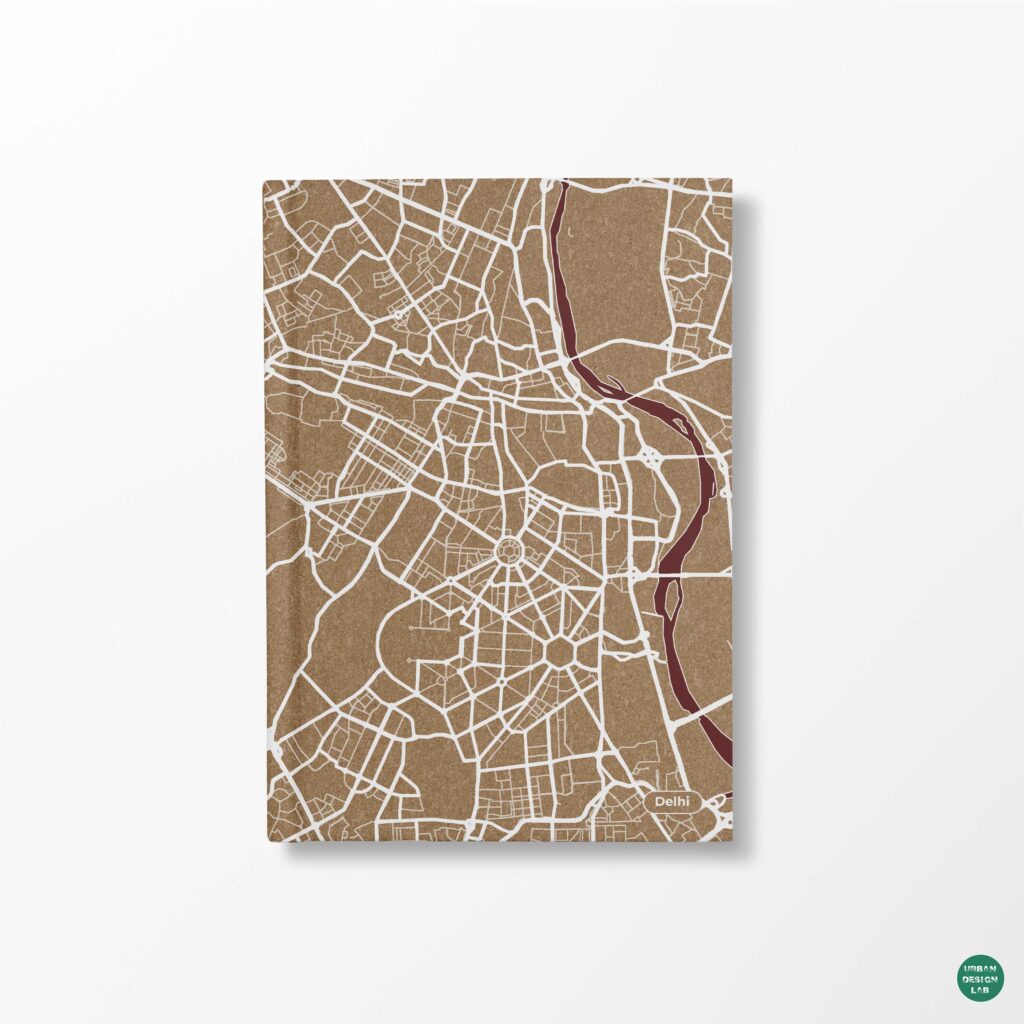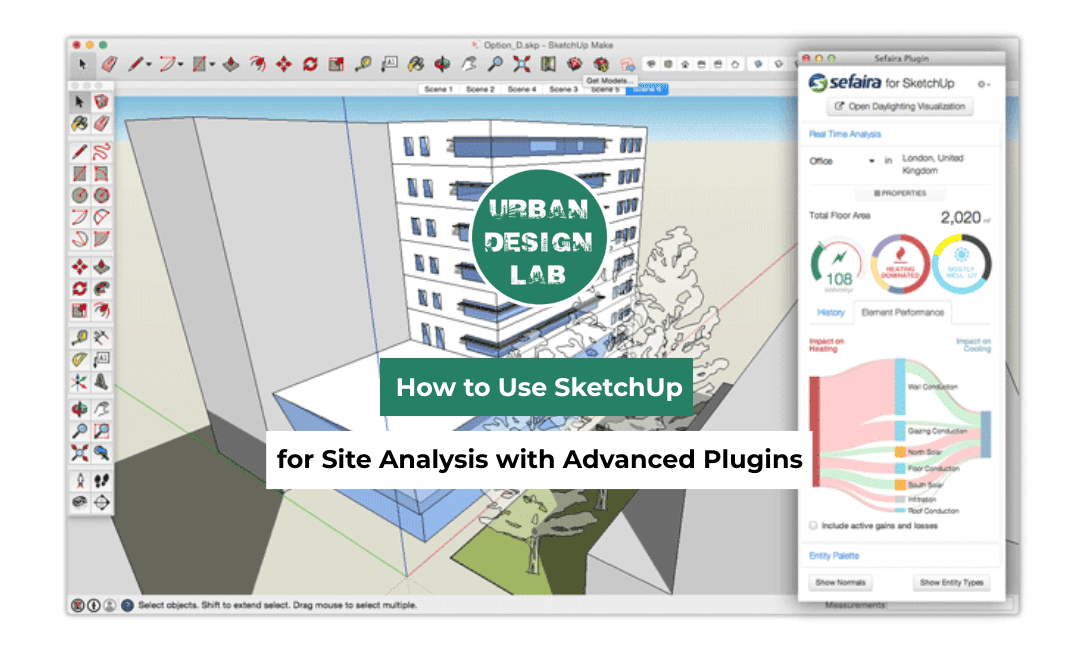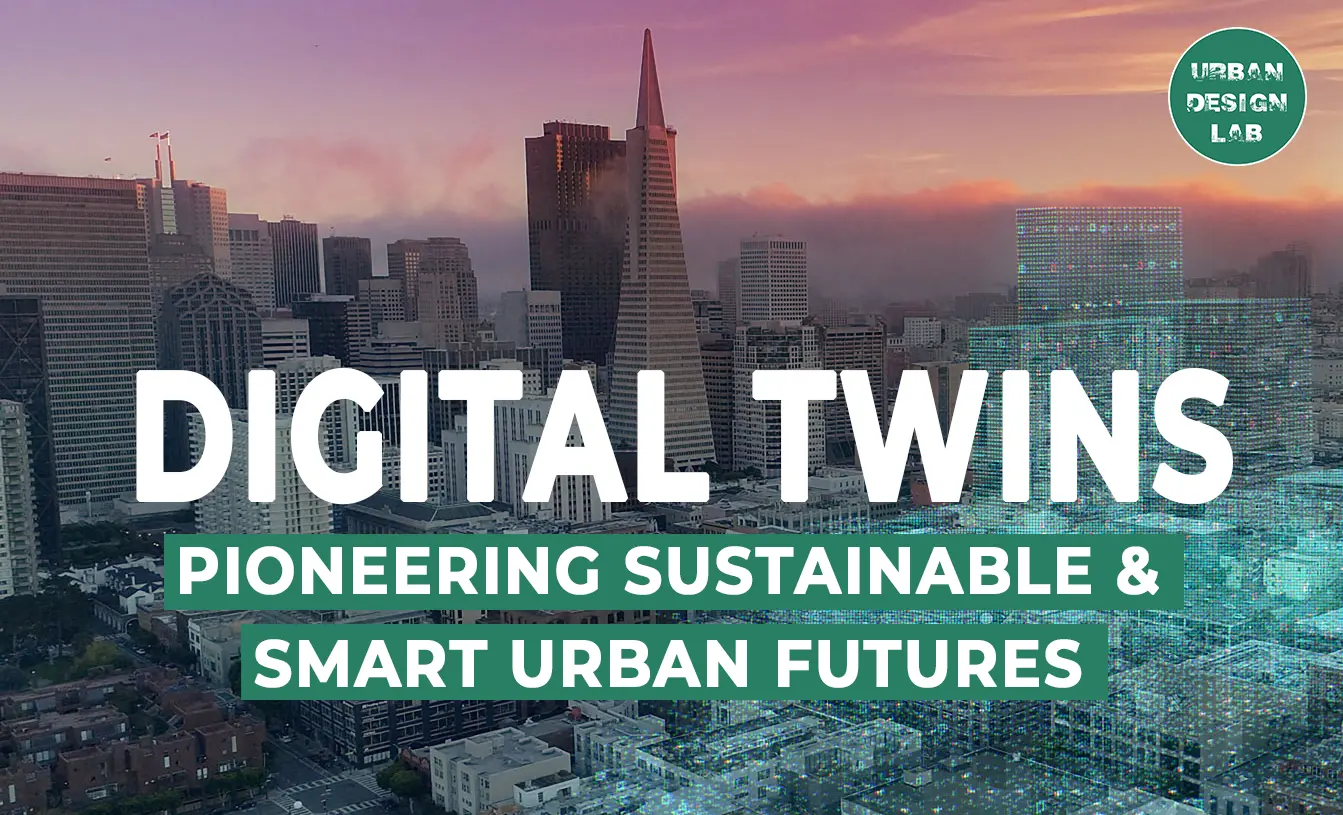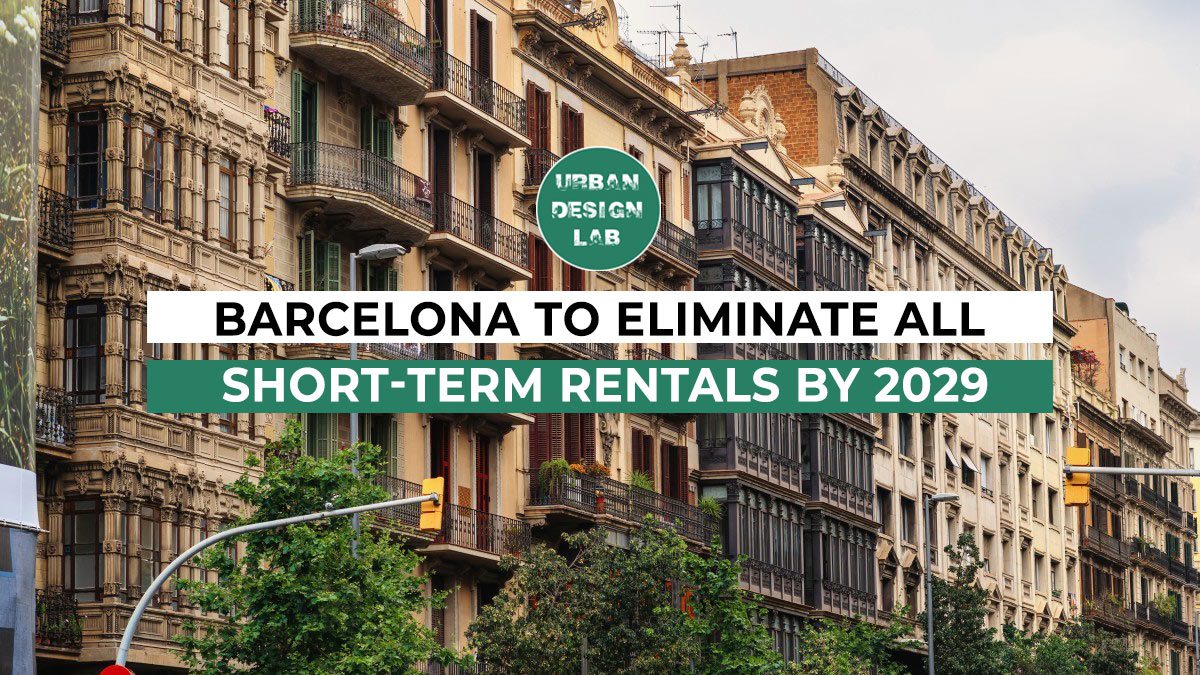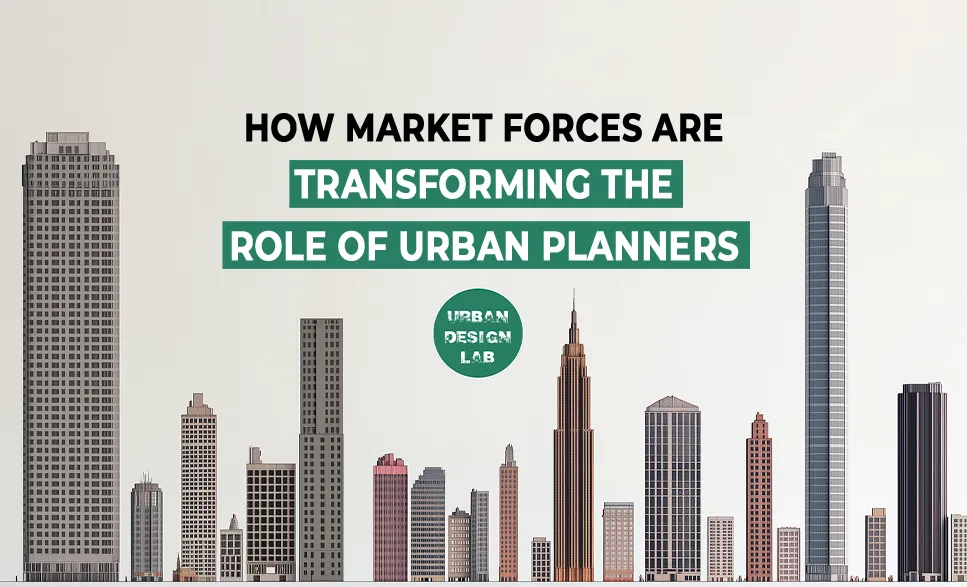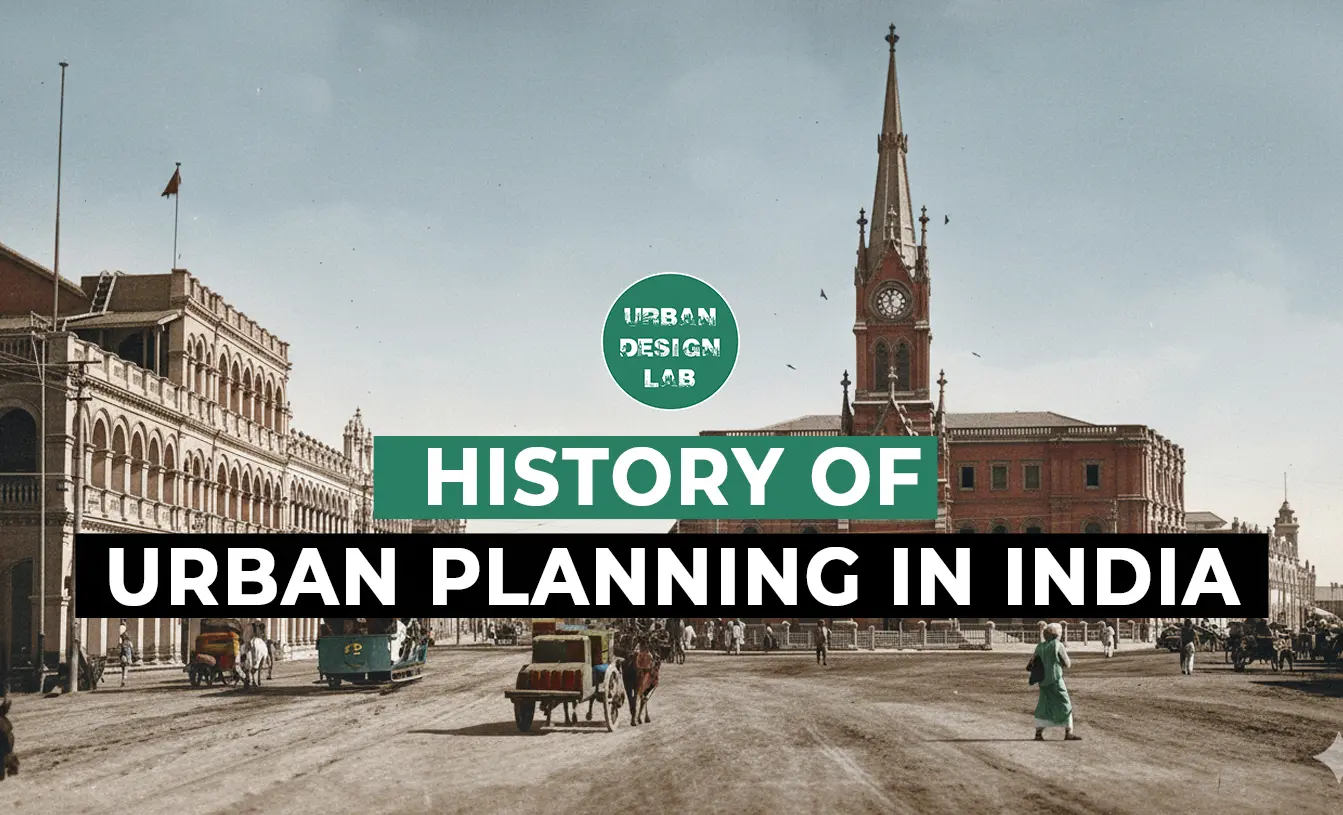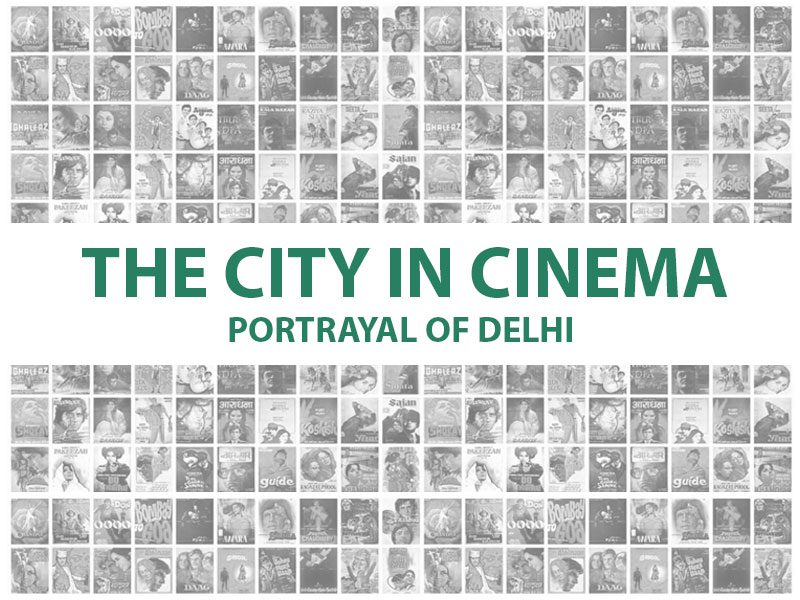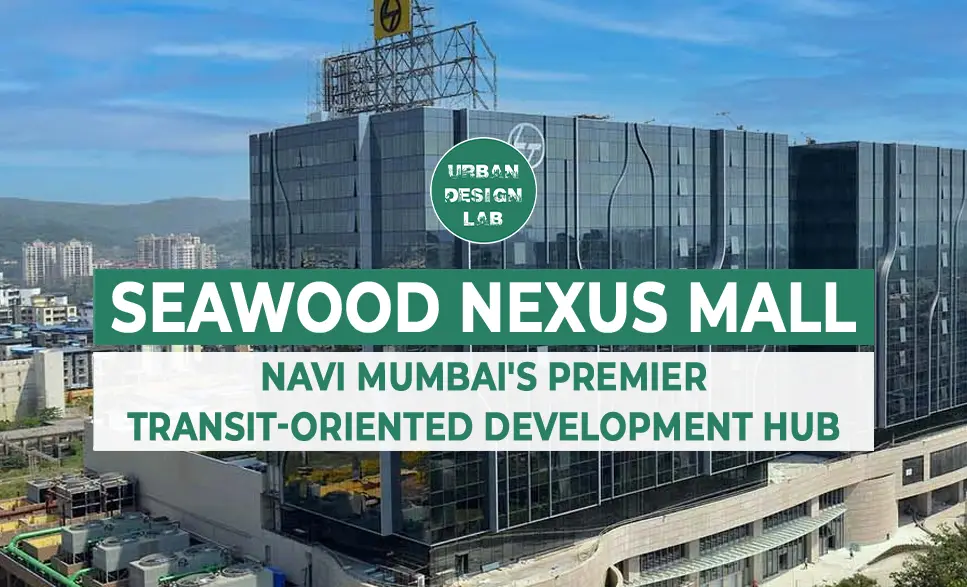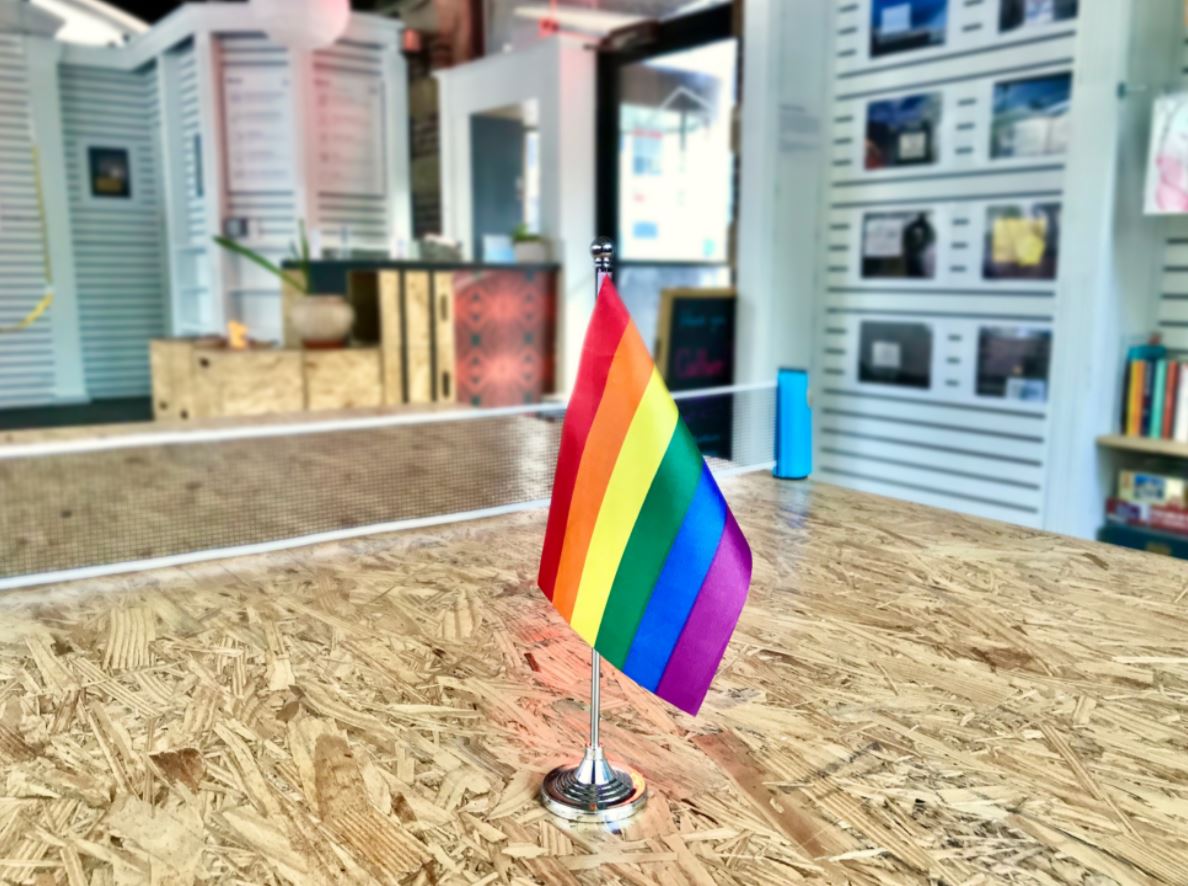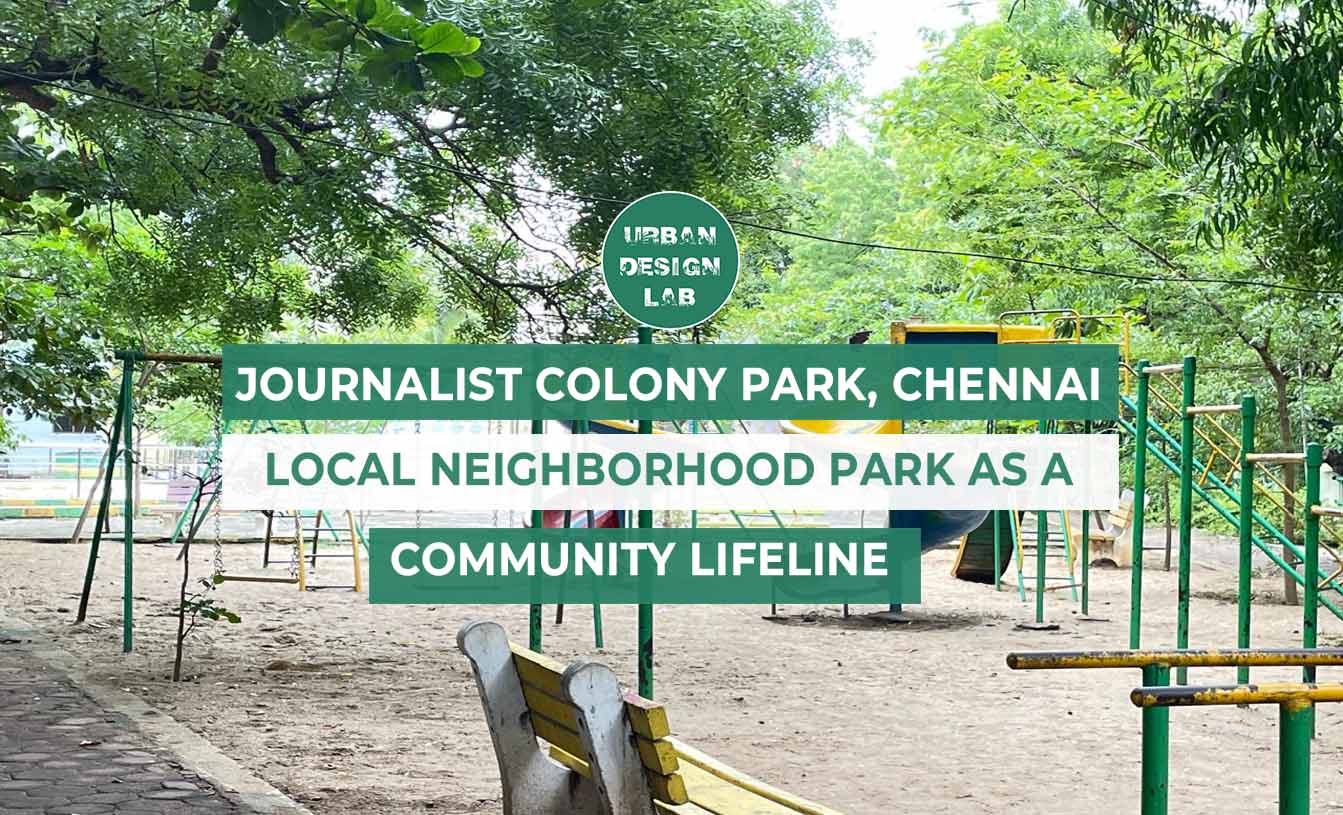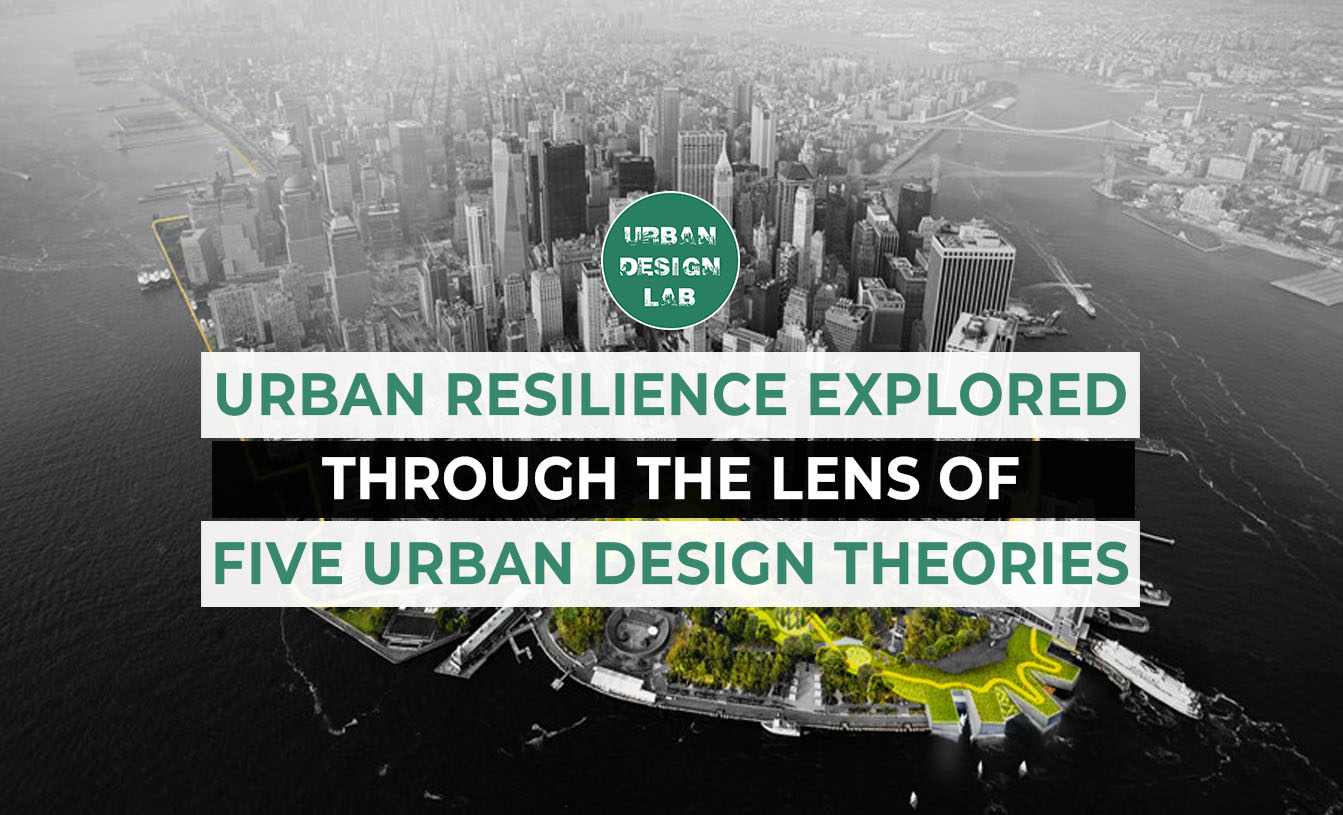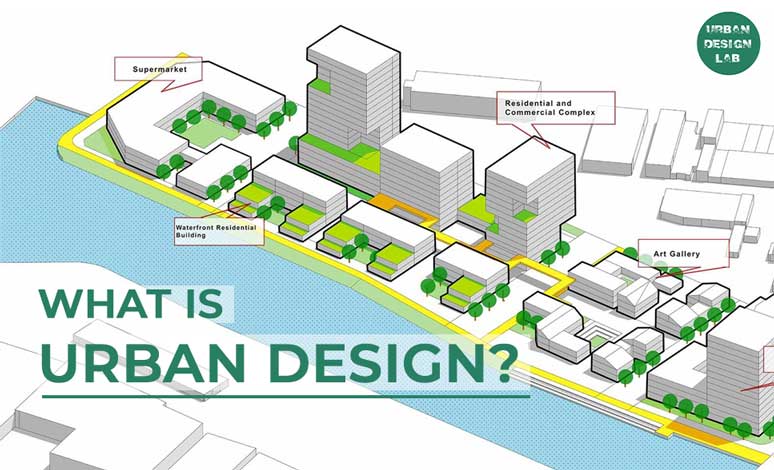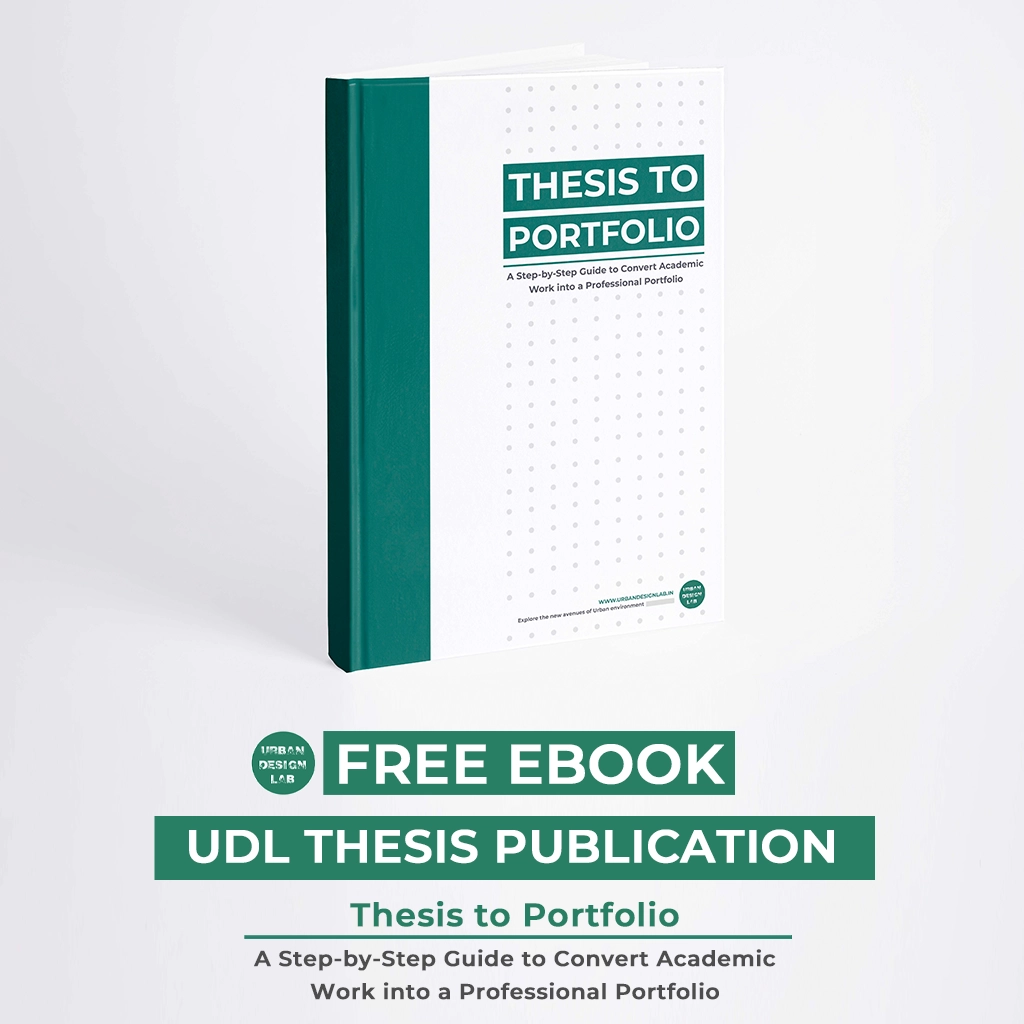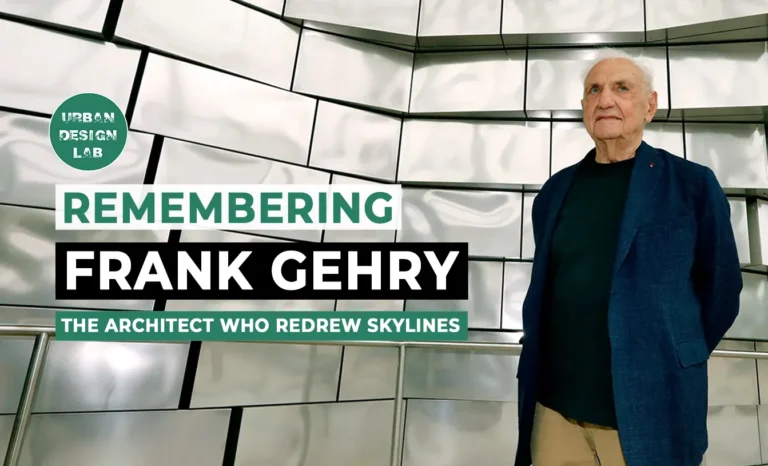
Exploring Cultural Heritage through AI Driven Generative Urban Design
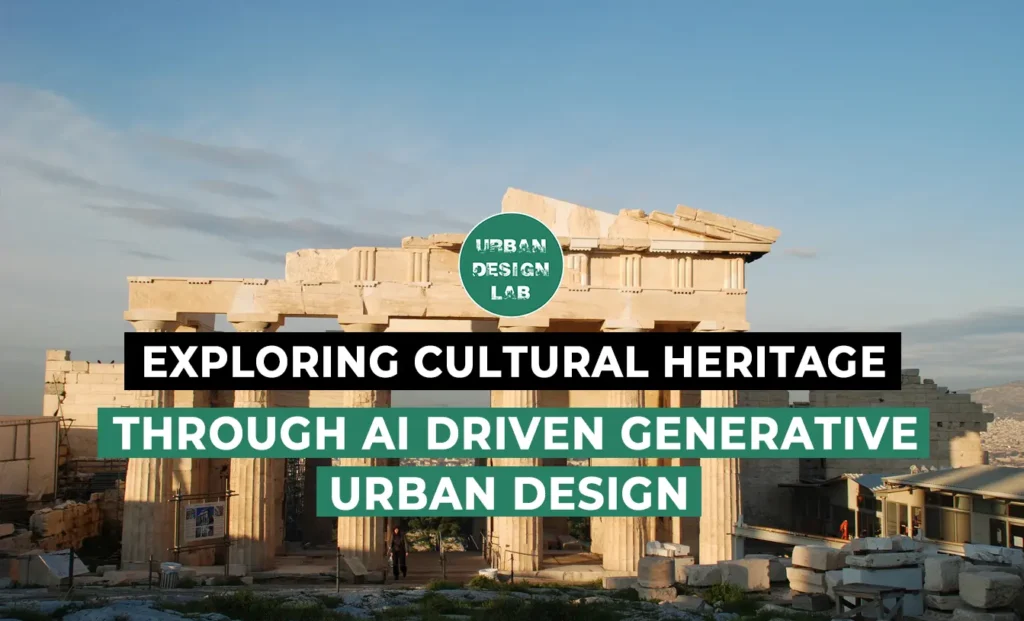
This article examines the intersection of cultural heritage and artificial intelligence (AI)-driven generative urban design amid the accelerating pressures of global urbanization. As cities expand, traditional urban forms and cultural memory are increasingly at risk of being displaced. The piece explores how AI—particularly generative tools such as GANs and machine learning algorithms—can serve as powerful allies in preserving and reimagining heritage within rapidly transforming environments. Rather than viewing cultural heritage as a design constraint, it argues for embracing it as a dynamic, creative foundation for contemporary urbanism. By analyzing how AI can learn from historical data and support co-design processes with local communities, the article highlights its potential to enhance culturally sensitive planning. It also discusses key ethical concerns, including data bias and the risk of decontextualized outputs, and calls for responsible, inclusive development of AI systems. Ultimately, it advocates for a human-centered, collaborative approach—where AI does not replace cultural knowledge but amplifies it. When applied thoughtfully, AI can help shape cities that are not only innovative and efficient but also culturally intelligent, inclusive, and resilient.
Introduction
Cultural heritage is not merely a static relic of the past—it is a living, evolving force that shapes collective memory, reinforces community identity, and fosters social cohesion and resilience. It includes more than iconic landmarks or historical monuments; cultural heritage also resides in the patterns of daily life, the spatial rhythms of traditional neighborhoods, the materials and methods of vernacular architecture, and the rituals and stories passed down through generations. These intangible and tangible elements together form the soul of a city, anchoring it in time and place.
However, generic design, market-driven planning, and the pursuit of short-term efficiency often override local context, leading to cultural homogenization and the loss of place-based knowledge. Preserving heritage today requires more than symbolic gestures or static conservation—it demands an integrated approach that embeds cultural values into planning, policy, and design innovation. At this critical juncture, architects, planners, and technologists must work in concert to ensure that urban growth strengthens, rather than displaces, cultural identity. When heritage is treated as a dynamic framework rather than a constraint, it becomes a foundation for more inclusive, resilient, and meaningful urban futures.
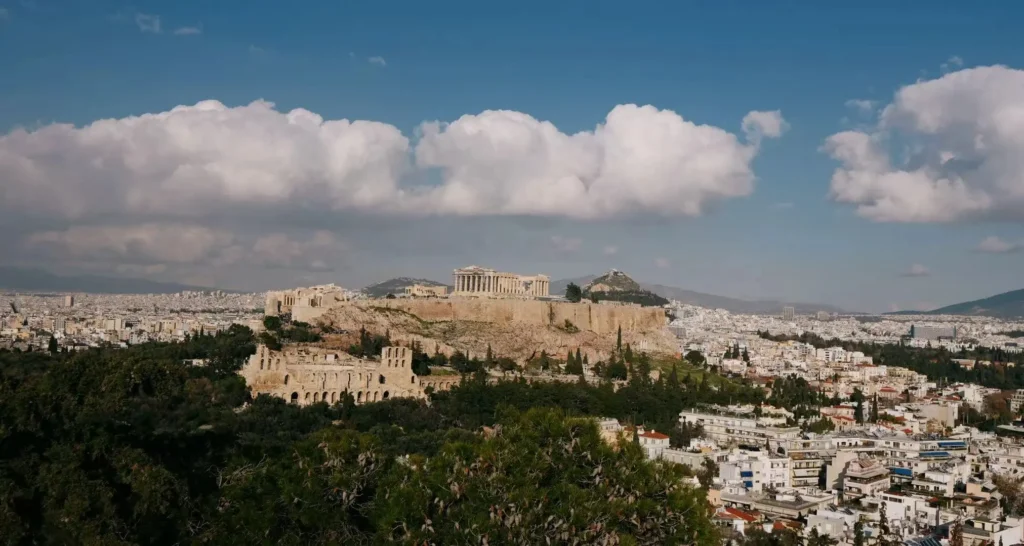
Source: author
The Urbanization-Culture Paradox
Urbanization is often seen as a marker of progress—bringing new infrastructure, economic growth, and technological advancement. According to the United Nations, over 68% of the world’s population is projected to live in urban areas by 2050, up from 56% in 2020. However, this rapid expansion can inadvertently displace or erase the cultural and historical layers that give cities their unique character, particularly in heritage rich urban centers like Istanbul, Cairo, and Kathmandu. In many cases, modern development prioritizes efficiency and real estate value over cultural continuity, viewing older neighborhoods as obsolete rather than as vital cultural assets. The result is often architectural homogenization, community displacement, and the erosion of place-based knowledge and identity. Addressing the Urbanization–Culture Paradox means moving beyond the false dichotomy between progress and preservation. Instead, it calls for a holistic urbanism—one that embraces cultural heritage as a dynamic, adaptable system that can inform and enrich the future. In this context, AI-driven generative urban design offers powerful potential. These technologies can simulate growth patterns that honor historical morphologies, providing new tools to visualize, model, and embed cultural values within contemporary planning and design strategies.
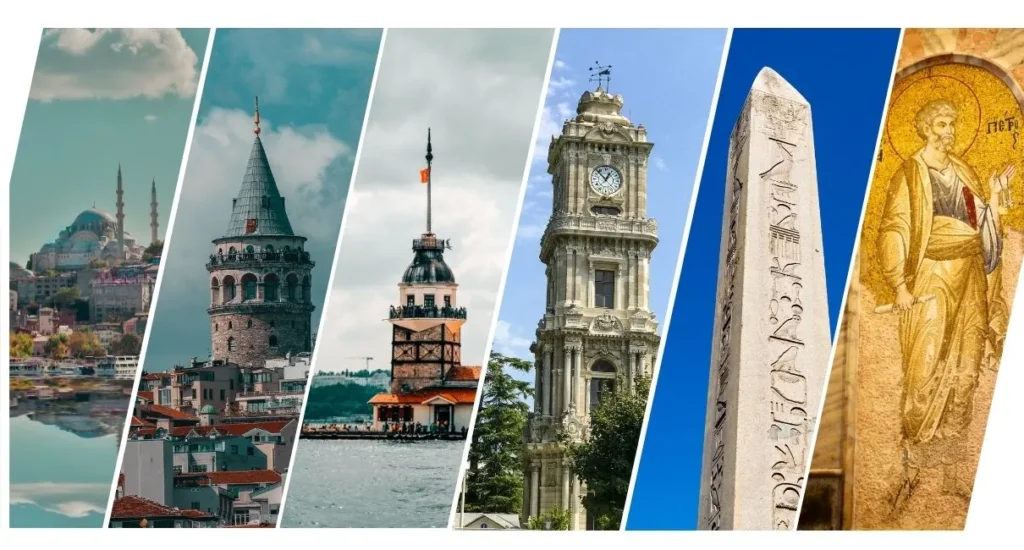
Source: Website Link
Bridging Tradition and Technology: AI’s Expanding Role in Heritage Design
Artificial intelligence is playing an increasingly transformative role in heritage-driven urban design, empowering architects and planners to analyze, preserve, and reinterpret cultural elements with greater precision, depth, and creativity. It is shifting the paradigm from reactive interventions to predictive, data-informed strategies, and from generic planning models to context-aware solutions tailored to local identity. AI supports adaptive reuse, enhances conservation planning, and fosters deeper community engagement through advanced visualization and simulation tools.
Machine learning, generative design, and spatial analytics enable AI to uncover historical patterns, reconstruct damaged heritage structures, and generate culturally sensitive urban interventions. Tools like GANs and diffusion models are already being deployed to recreate lost architectural features or simulate historical streetscapes. Notably, UNESCO has partnered with Google Arts & Culture and CyArk to digitally preserve five endangered World Heritage sites—including Rapa Nui, Kilwa Kisiwani, and Edinburgh’s Old Town—using AI-assisted documentation and modeling. These initiatives do more than archive; they lay the groundwork for design responses that respect the past while meeting present and future needs. In doing so, AI becomes a bridge between tradition and innovation, ensuring that cultural heritage remains a living, active ingredient in shaping tomorrow’s cities.

Designing with Memory: How AI Can Learn Culture
How AI can learn culture is one of the most compelling intersections between technology and design thinking. When trained on datasets of historic plans, vernacular architecture, local materials, and traditional spatial patterns, AI can identify and replicate culturally significant forms. Generative models, such as GANs and machine learning algorithms, are now capable of proposing urban layouts and building designs that reflect local heritage—blending tradition with contemporary needs. By analyzing features like courtyard layouts, decorative motifs, or indigenous zoning logics, AI can assist in heritage-sensitive design, adaptive reuse, and post-disaster reconstruction.
“Designing with memory” means teaching AI to respect and integrate cultural intelligence, rather than override it. When trained responsibly, AI can help designers generate urban forms that are innovative yet grounded, enabling cities to grow without forgetting who they are. It turns cultural heritage from a passive asset into an active design parameter.
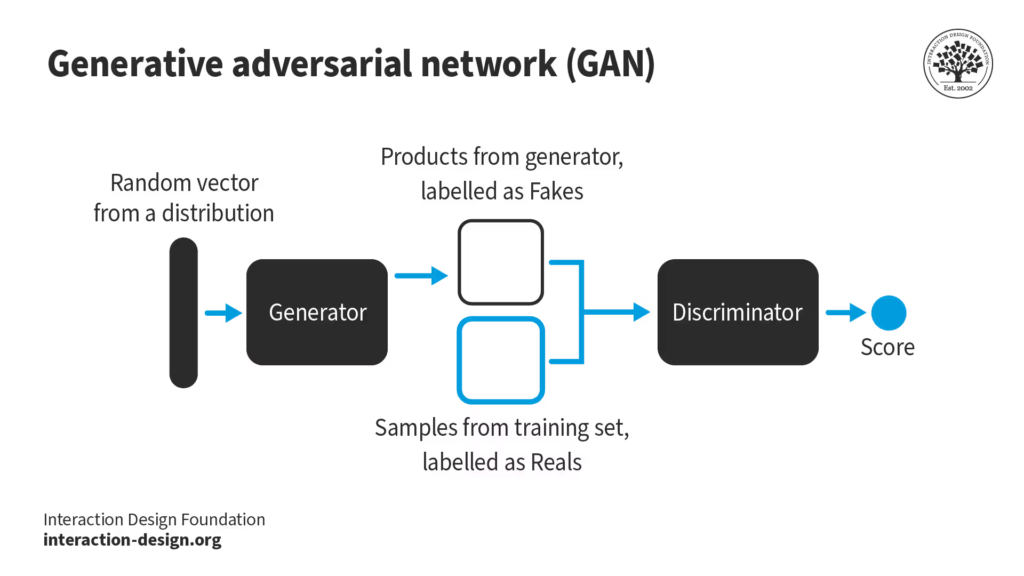
Risks and Responsibilities
While AI holds great promise for cultural heritage design, it also brings significant responsibilities. To ensure authenticity and sensitivity, designers must guide AI systems with robust ethical frameworks, inclusive and representative datasets, and a deep understanding of the cultural contexts in which they operate. This process relies heavily on the quality, diversity, and nuance of the cultural data being used. Without this foundation, there is a real risk of distortion. Bias toward dominant or colonial styles, the absence of social context, or the oversimplification of complex meanings can result in outcomes that are visually appealing but culturally hollow.
Scholars such as Oberbichler caution against an overreliance on AI-generated outputs that disregard historical depth and local specificity, a concern echoed by media theorist Hito Steyerl, who warns that generative AI systems can “skew whole sociocultural milieus according to their statistical rationality,” detaching visual patterns from their historical roots and reducing intricate heritage to superficial “mean images.” These critiques highlight the crucial point: while AI can be a powerful design partner, it must not override human cultural judgment. Instead, its true potential lies in complementing and amplifying human insight—ensuring that technology serves culture, not the other way around.
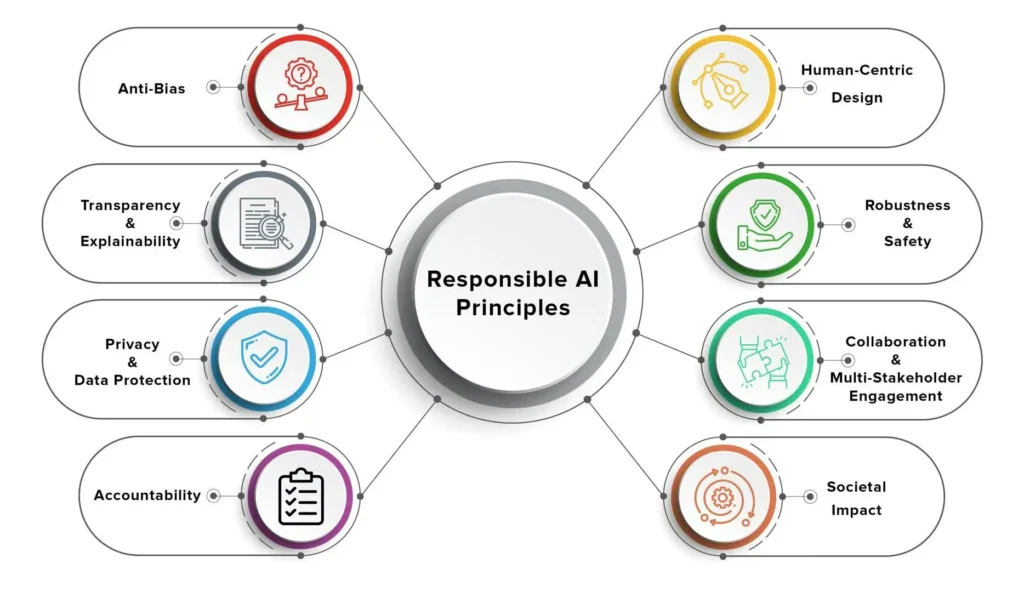
Future: Human–AI Collaboration in Cultural Place-Making
Storytelling and experience design play a critical role in preserving and communicating cultural heritage—not through static preservation alone, but by embedding narratives, rituals, and collective memory into the spatial fabric of cities. Cultural identity lives not only in buildings but in how people move through space, celebrate traditions, and remember their past. The most promising path forward embraces human–AI collaboration, where designers engage deeply with cultural narratives and use AI not as a shortcut to nostalgia, but as a tool to enhance meaning, continuity, and engagement.
In Kyoto, Japan—a city celebrated for its millennia-old temples, tea ceremonies, and traditional “machiya” townhouses—UNESCO’s concept of a historic atlas offers a prime example of cultural storytelling and co-design in action. It informs digital platforms and interactive GIS technologies that simulate heritage scenarios for both community and professional use. The atlas has guided revitalization policies, supported local preservation efforts, and demonstrated how cultural memory can drive participatory design. In this way, cities are not merely built for communities, they are built with them. AI becomes a bridge between tradition and transformation, turning heritage narratives into active, generative forces that shape the future of place.
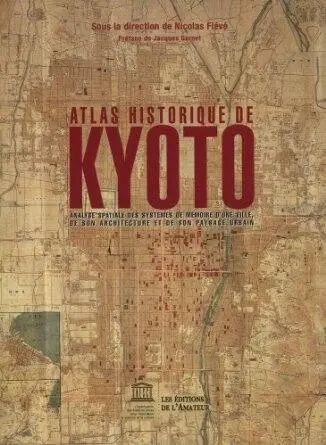
-1
-1
-1
-1
Conclusion
As we move further into the digital age, the question is no longer whether technology will shape our cities, but how it will shape what we choose to remember. Preserving cultural heritage today requires more than digitization or archival storage; it demands the active integration of cultural memory into the design, function, and experience of the built environment. The most meaningful applications of AI in heritage design emerge through genuine collaboration—where local communities, historians, artists, and designers guide intelligent systems to learn not just visual patterns, but cultural values and lived meaning. From reconstructing lost architectural forms to embedding oral histories and rituals into generative models, AI can help reimagine heritage as a living, evolving force within urban life. Yet this must remain a human-centered process. Artificial intelligence, when used ethically and thoughtfully, becomes a tool to amplify cultural intelligence. Ultimately, technology should serve as a steward of memory, ensuring that innovation enriches rather than erases identity. In doing so, we can build cities that are not only efficient and future-ready, but deeply rooted in the stories, structures, and spirit of the past.
References
- https://www.un.org/development/desa/en/news/population/2018-revision-of-world-urbanization-prospects.html
- https://artsandculture.google.com/project/heritage-on-the-edge
- https://www.interaction-design.org/literature/topics/generative-ai
- Oberbichler, S., & Petz, C. (2025). Working Paper: Implementing Generative AI in the Historical Studies (1.0). Zenodo. https://doi.org/10.5281/zenodo.14924737
- Steyerl, Hito (2023) Mean Images. New Left Review 140/141. https://newleftreview.org/issues/ii140/articles/hito-steyerl-mean-images. Accessed 6 Mar 2025
- https://whc.unesco.org/en/list/688/maps/
- https://whc.unesco.org/en/activities/763/

Wu Zengzhen
About the author
Wu Zengzhen is a multidisciplinary designer and cultural advocate specializing in architecture, digital illustration, and heritage innovation. Holding a Master’s in Environment and Heritage Design from Kyushu University and advanced studies in Temporary Uses at Politecnico di Milano, she integrates traditional aesthetics with contemporary technologies. As the founder of Hua Xiao Zhu Art Design Studio, Zengzhen explores digital art and promotes Miao intangible cultural heritage through innovative design. Her experience in ecological planning and both rural and urban development enriches her perspective, enabling her to craft culturally meaningful and sustainable solutions in both urban and artistic contexts.
Related articles


Architecture Professional Degree Delisting: Explained
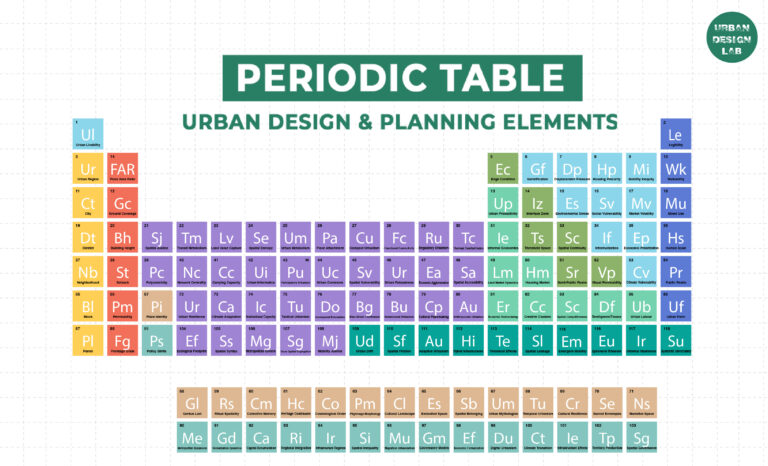
Periodic Table for Urban Design and Planning Elements
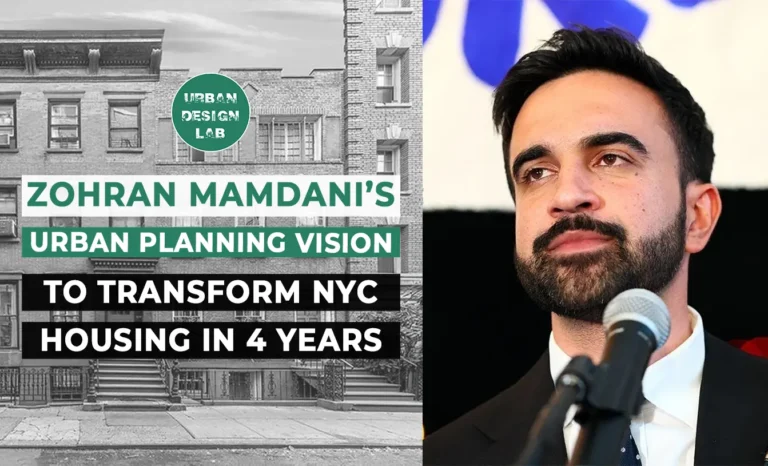
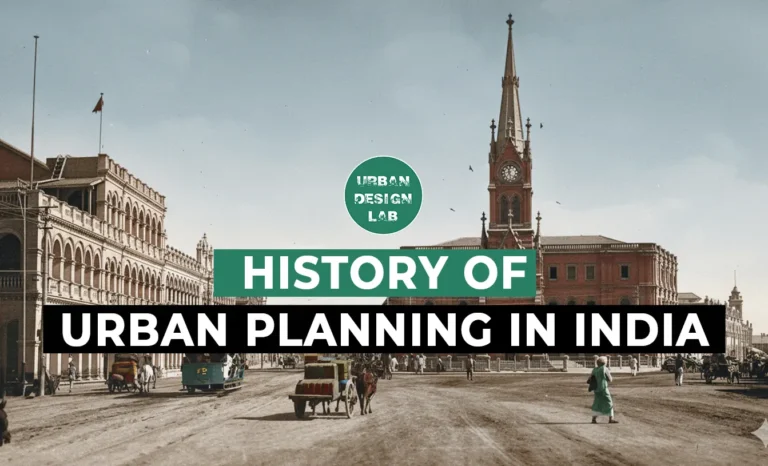
History of Urban Planning in India
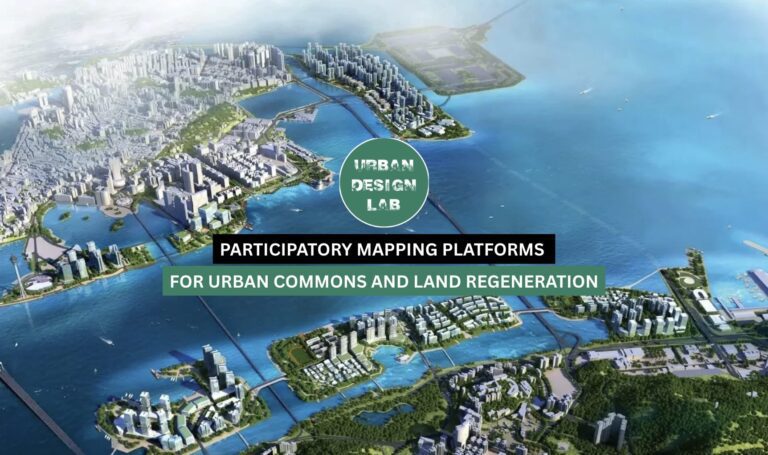
UDL GIS
Masterclass
Gis Made Easy- Learn to Map, Analyse and Transform Urban Futures
Session Dates
15th-19th December 2025

Urban Design Lab
Be the part of our Network
Stay updated on workshops, design tools, and calls for collaboration
Curating the best graduate thesis project globally!
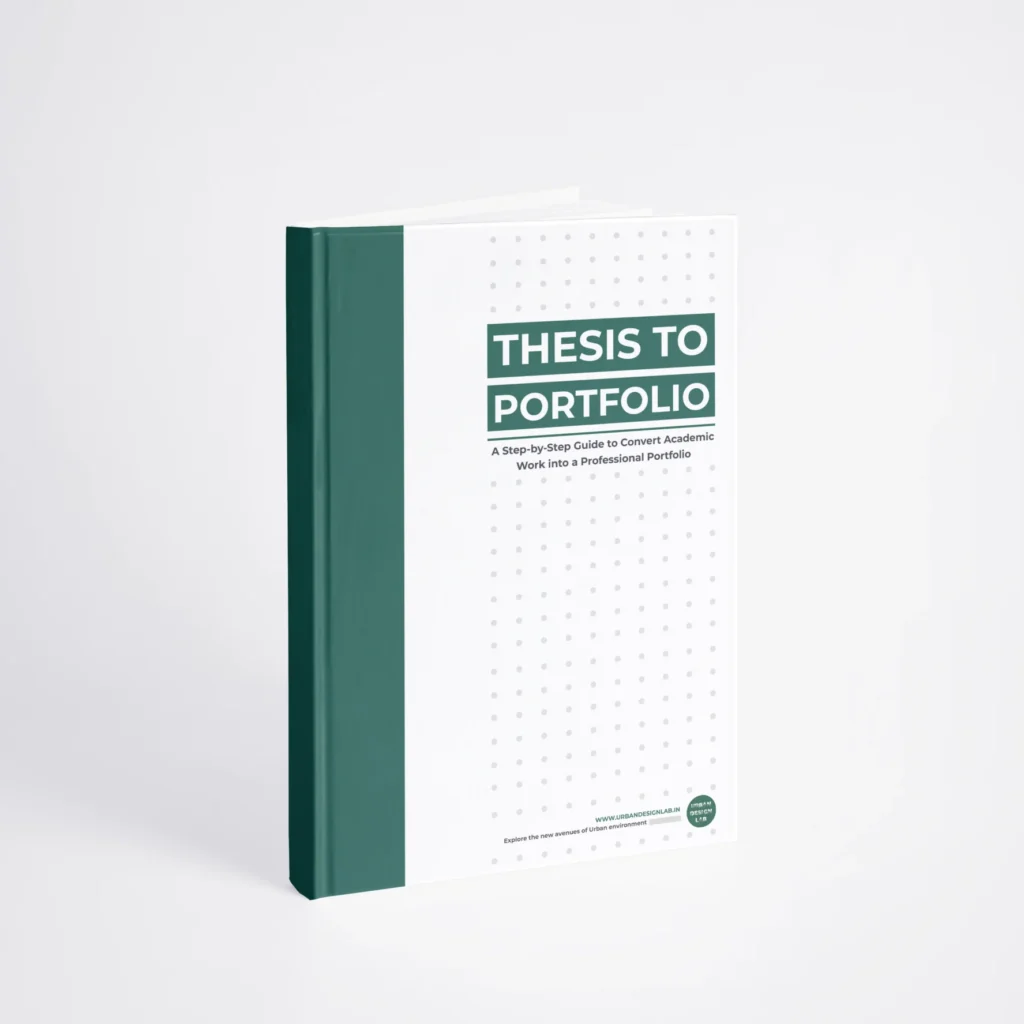
Free E-Book
From thesis to Portfolio
A Guide to Convert Academic Work into a Professional Portfolio”
Recent Posts
- Article Posted:
- Article Posted:
- Article Posted:
- Article Posted:
- Article Posted:
- Article Posted:
- Article Posted:
- Article Posted:
- Article Posted:
- Article Posted:
- Article Posted:
- Article Posted:
Sign up for our Newsletter
“Let’s explore the new avenues of Urban environment together “

